Every province in Thailand is broken down into administrative subdivisions called districts. Even Bangkok, which is one of the smallest provinces in Thailand, is divided into districts.
But, did you know that Bangkok has a total of 50 districts!? That is twice as much as in Nakhon Ratchasima or Chiang Mai, which are also two of the largest province in Thailand.
With this newfound knowledge, I decided to visit, explore and log all of these districts in Bangkok. After all, it was a lockdown and domestic travel was not possible at the time. It seemed like the most logical and safe thing to do. The idea was simple. Drive to one or two districts in a day, take pictures of cool or scenic spots, avoid crowds and then come straight home.
While it was to pass my time, I also hope to take you on this journey and experience a snippet of what these districts of Bangkok have to offer, through this photo essay.
You can also follow the ongoing thread on Twitter as well.
Since 50 is too many to fit in just one post, this is going to be part 1 of 3 photo essays.
Hope you enjoy it and that it is helpful in any way.
Bang Kapi
There are many universities, markets, and temples in Bang Kapi. The iconic Rajamangala National Stadium, Ramkhamhaeng University, and the Airplane Graveyard are all located in this district.
If you are a foodie, be sure to visit Lat Phrao 101, which is filled with many restaurants and street vendors. Explore the alleys and streets and you will soon find out that this is a very cool neighborhood.
Bang Na
Although popularly known for BITEC, Mega Bangna, and IKEA, Bang Na actually has a lot more to offer.
A collection of ornate temples such as Wat Sri Lam and Wat Bang Na Nok, sports complexes, and a plethora of cafes are some of the other places worth seeing in this district.
However, you really have to explore its neighborhoods such as Rangsiya, Lasalle Road, and Si Phong for a different experience of the city.
Bangkok Noi
Bangkok Noi is known for quaint neighborhoods by the canals and river. Some points of interest are the National Museum of Royal Barges, Siriraj Hospital & Medical Museum, Bangkok Noi railway station, Wat Rakhang, and Wat Suwannaram.
Wonderful neighborhood to explore by train, boat, and road.
Bangkok Yai
Surrounded by canals and the Chao Phraya River, Bangkok Yai is a beautiful area to explore with dozens of religious and historic sites scattered amongst canal-side neighborhoods. For a truly local and unique experience, it is worth exploring this area through the khlongs via long-tail boats.
Wat Arun is one of the most iconic landmarks here and possibly all of Bangkok.
Bang Khae
While driving around, I noticed that Bang Khae has two sides to it – the agricultural sector and villages vs. the city side. You will find plenty of malls (primarily The Mall Bangkae), markets, temples, and parks here as well.
Some temples worth seeing are Wat Boonyapradit, Wat Muang, Wat Phrom Suwan Samakkhi and a Chinese Temple on the Bangkok western outer ring Frontage road.
I really liked this district. It’s got character, especially if you drive along the giant canal down Thawi Watthana Road, which straddles the Thawi Watthana and Nong Khaem districts.
Bang Khen
Bang Khen has many interesting places and sights to see. One of the most fascinating locations in this district is the Venice shopping plaza, which is exactly what it sounds like. Unfortunately, this place seems abandoned as there were no shops or restaurants open. Could it be because of COVID or has it always been this way? I’m not sure.
A good place to start exploring Bang Khen is by taking the Skytrain to Wat Phra Sri Mahathat BTS station and you will see some awe-inspiring temples and buildings.
Also, check out Ram Intra soi 5 Yaek 5 for quaint cafes & restaurants. Lastly, be sure to drive down the scenic Phalasin road, leading to Lat Phrao.
Bang Phlat
Bang Phlat is home to a few riverside temples like Wat Awut Wikasitaram, Bowon Mongkhon & Chat Kaeo Chongkhonni.
It is also a very residential area with khong-side homes mingling seamlessly with lively street stalls along the MRT.
Hipster markets like Chang Chui & Indy market are also in Bang Phlat.
Bang Rak
Bang Rak is one of Bangkok’s most commercial and lively areas with tons of office buildings, shopping malls, restaurants, cafes, and vibrant nightlife.
Several remarkable, historical and modern architecture make up the skyline here. Also, riverside hotels, art spaces, and galleries are scattered along Charoen Krung Road and the Chao Phraya river.
Bang Sue
A quaint district to visit with a mix of commercial, residential, and governmental sectors. There are also some really nice temples in the area. Some iconic places worth seeing are Wat Soi Thong, Wat Sao Hin, Rama 7 Public Park, and some riverside restaurants such as OYua River Terrace.
If you can (and I did), climb up the stairs to the Rama VI Bridge (it’s near the park and you will see it) to catch a view of the road, river, and train tracks.
Bueng Kum
Bueng Kum is simply a quaint residential district with a couple of beautiful parks and a namesake lake.
There is also a design village here as well as a popular wedding venue called Varavela.
Chatuchak
Chatuchak is a well-known district mainly because of the famous Chatuchak weekend market. But there is more than meets the eye around here.
It is now also home to Thailand’s largest railway hub – the Bang Sue Grand station. In fact, it is the largest in all of Southeast Asia with 26 platforms and will connect multiple lines across Bangkok and ultimately, all of Thailand.
Chatuchak district has other iconic landmarks as well such as the elephant building, Central Ladprao mall, and even an abandoned theme park (formerly Magic Land), which is now the MSL Motorsports Land.
While Chatuchak is a great place to go for shopping at markets, chilling at cafes, or exercising at the parks, the real adventure are its interconnected alleyways waiting to be explored.
Din Daeng
Din Daeng is a suburban area where modern luxury condos fuse with low-income housings. Walk or drive through the narrow alleys and you will see the stark differences.
It is also home to buzzing markets such as Din Daeng market and Rainbow market. The Ratchada train market used to be here as well but it closed down due to COVID (however now rebranded as Jodd Fairs and relocated to Huai Khwang).
Don Muang
While known mainly for Don Muang airport, a namesake temple, an Air Force base, and Museum, this district actually has a vibrant community of homes on the western side of the highway.
Lots of nice local restaurants and cafes here too.
Dusit
Dusit is one of the most important districts of Bangkok because this is where many of the royal and administrative buildings are located.
Iconic landmarks are Wat Benchamabophit, the Ananta Samakhom Throne Hall, Government House, army premises, and several other governmental or royal buildings.
Huai Kwang
Huai Khwang is an amalgamation of townhouse villages & luxury condos, (dotted with shops, restaurants, and street food), office buildings, and entertainment complexes.
Some recognizable places here are RCA, Ratchada Grand Theatre, and Thailand Cultural Centre.
Khan Na Yao
Khan Na Yao is a beautiful district. Very well organized and systematic in its design. There are some amazing places to see here such as Chocolate Ville, Siam Park, Fashion Island, and a couple of golf courses.
There is also a variety of Moo Baans, scenic small lakes dotted with restaurants, and an abandoned amusement park (which hosted the Dropzone music festival).
Thus ends part I of Bangkok’s districts. I hope that you will go and explore some of these places and if you find something unique and interesting, make sure you tweet at me or leave a comment below.





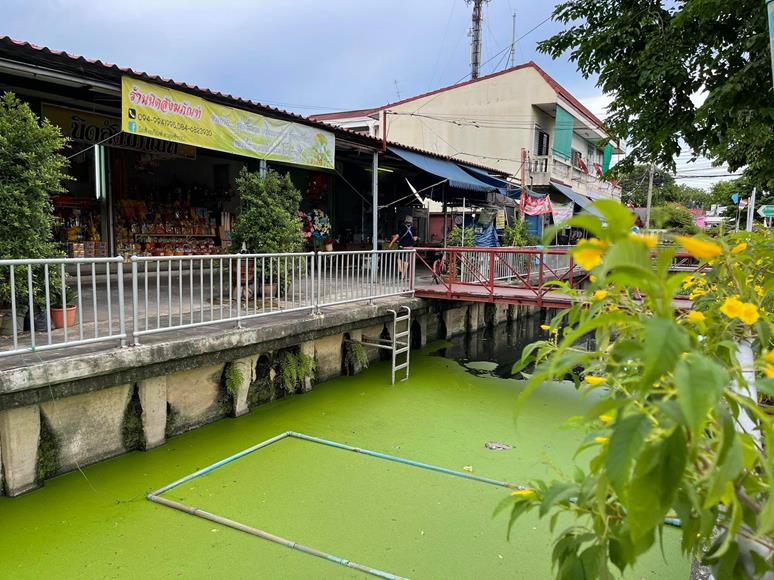
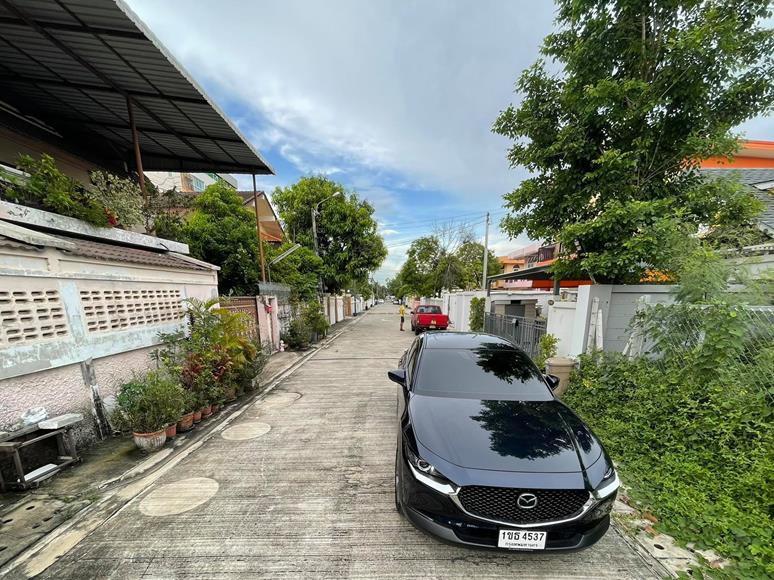
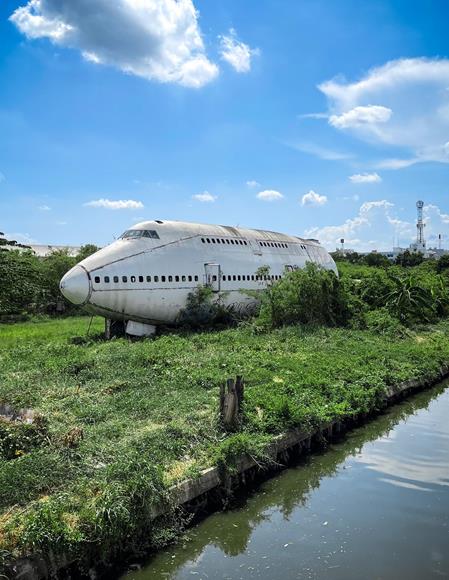
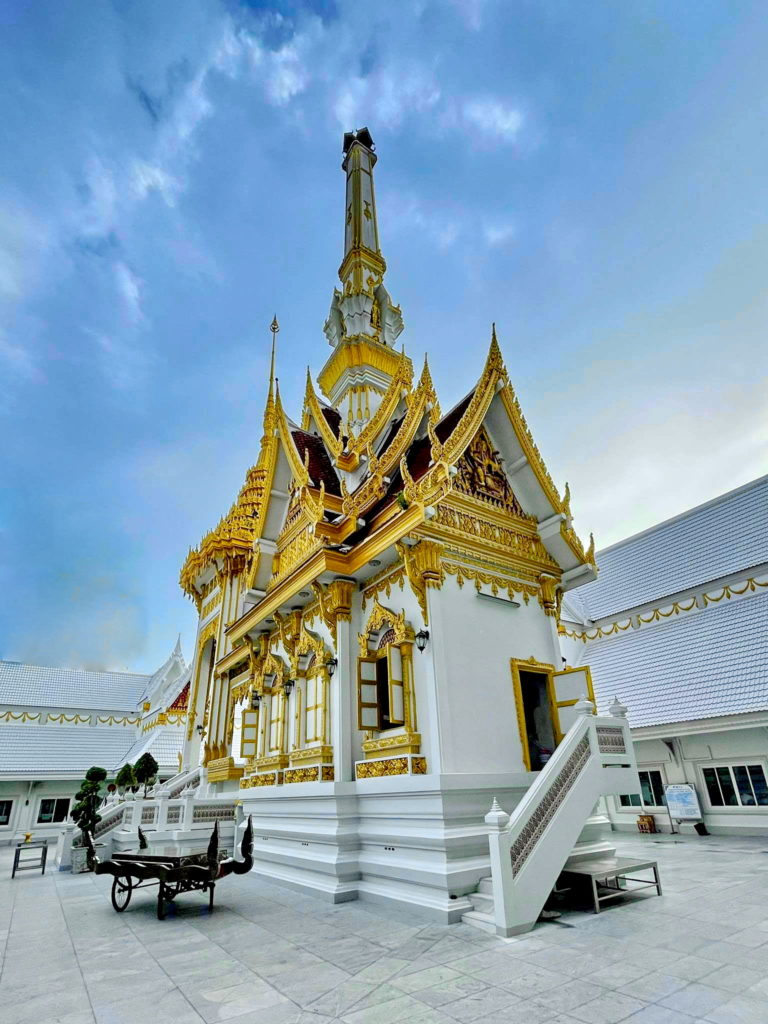
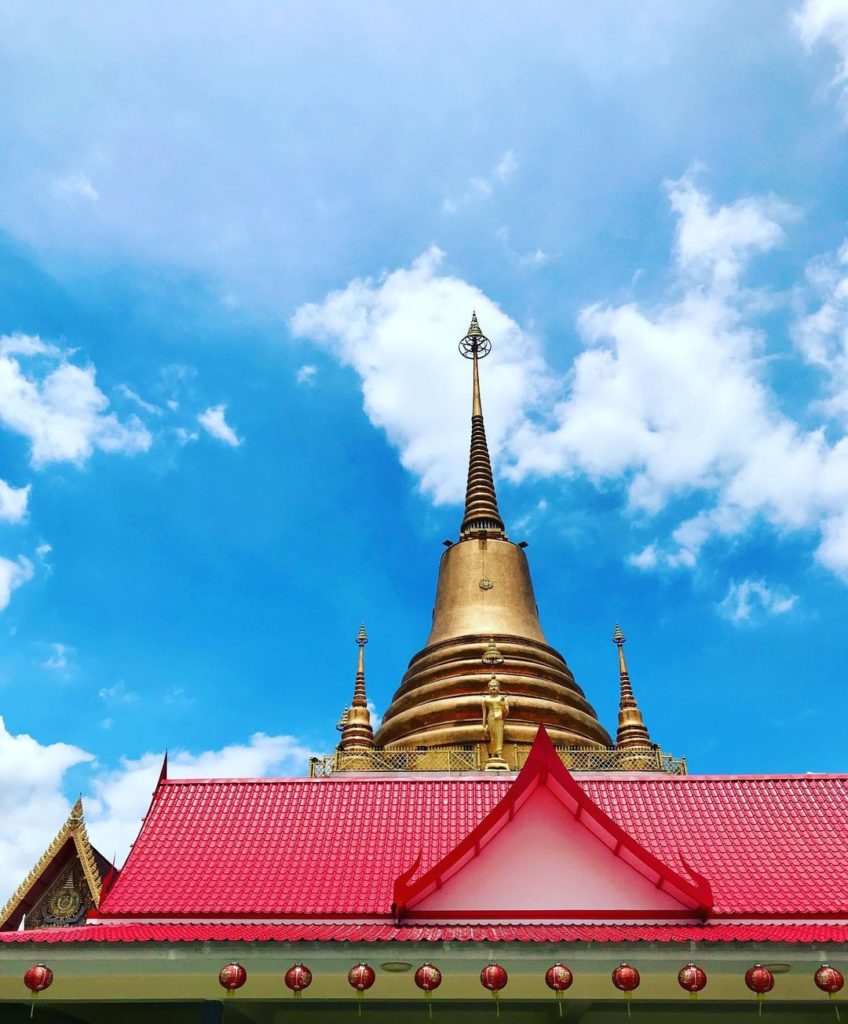
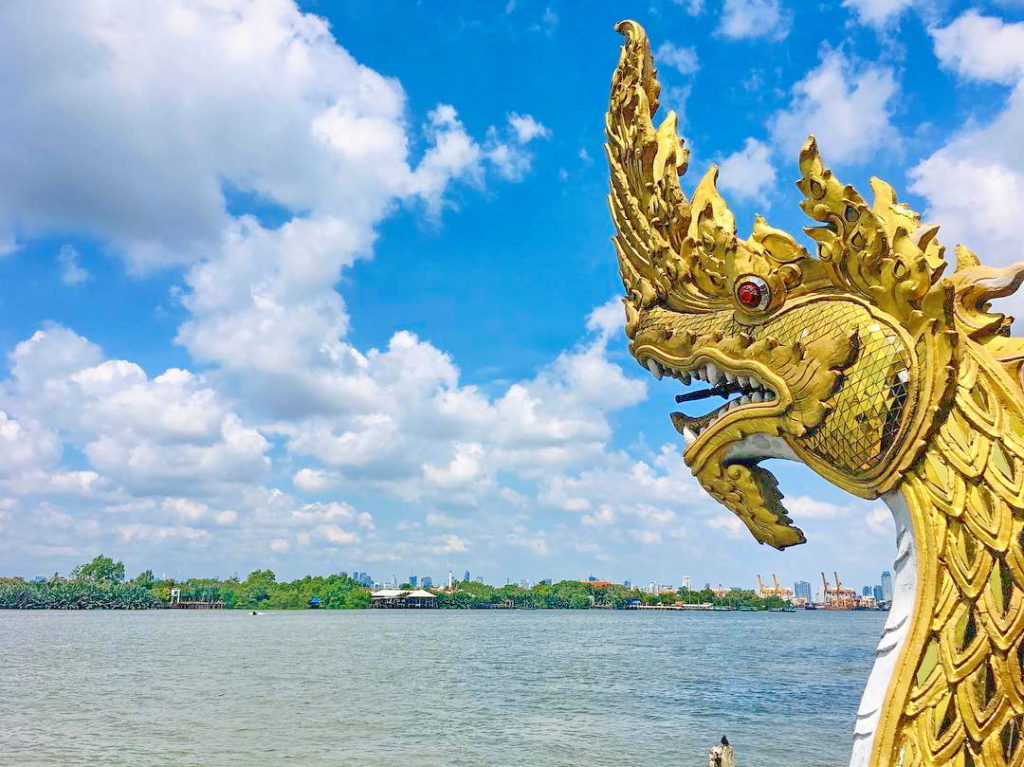
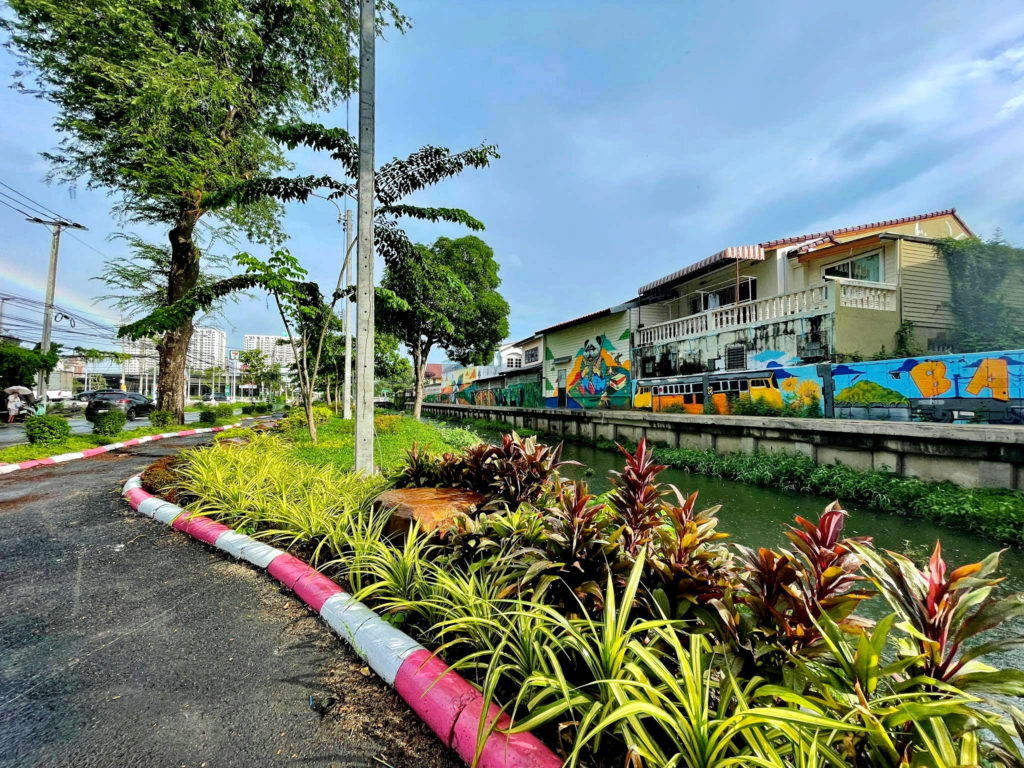
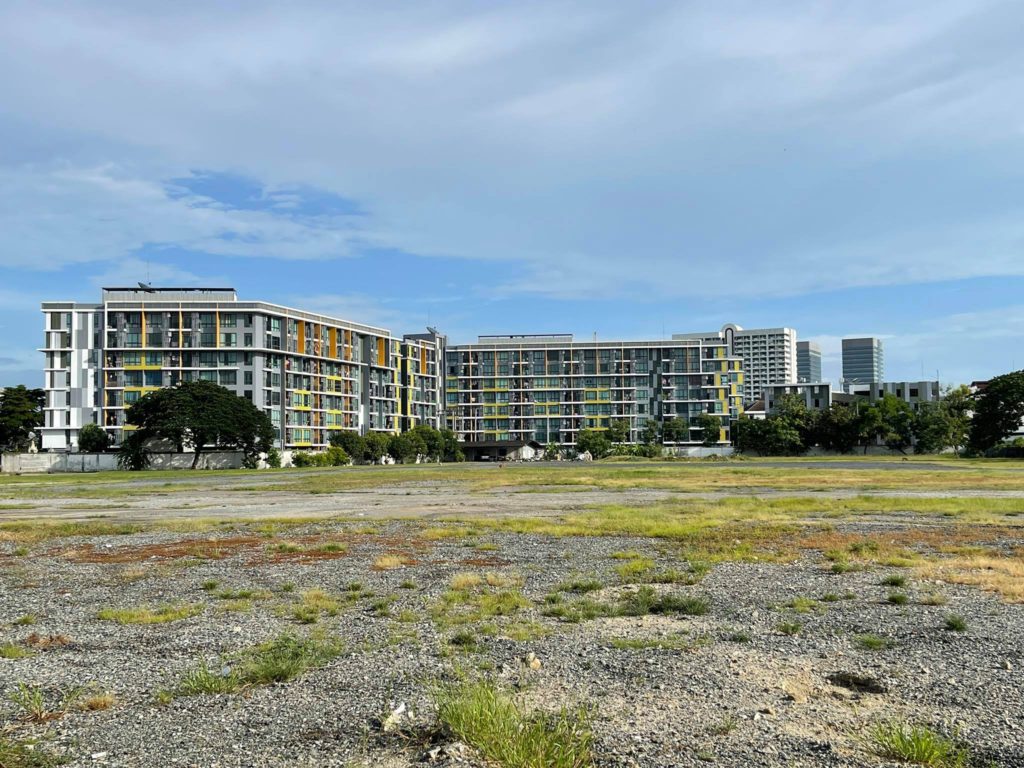
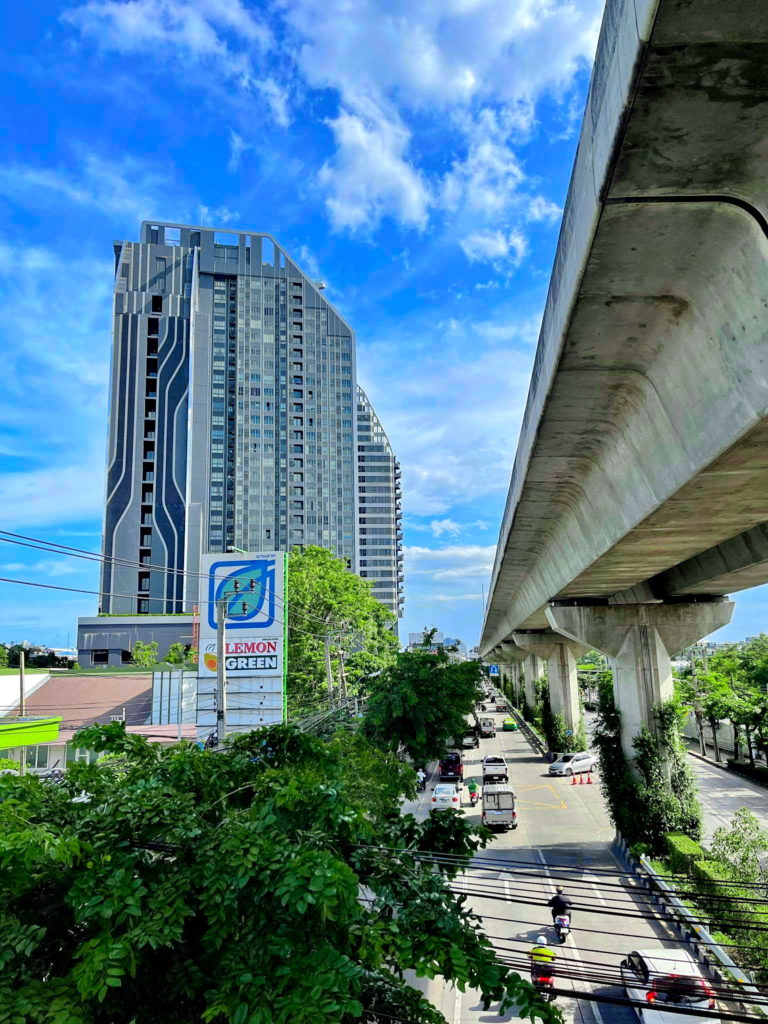
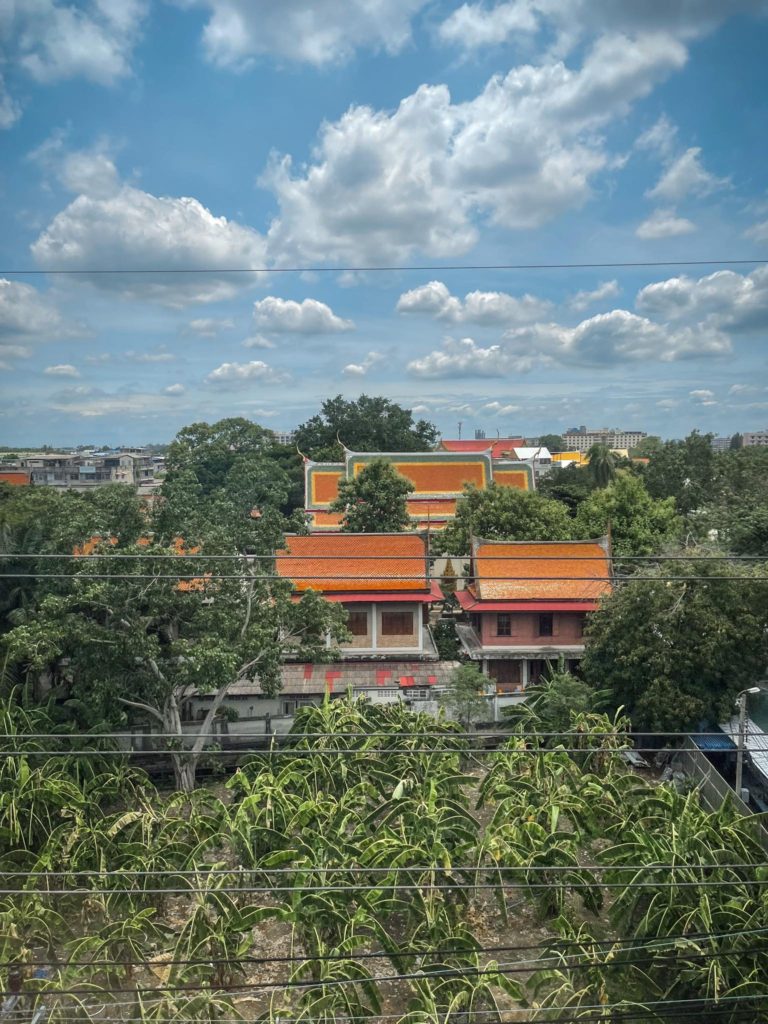
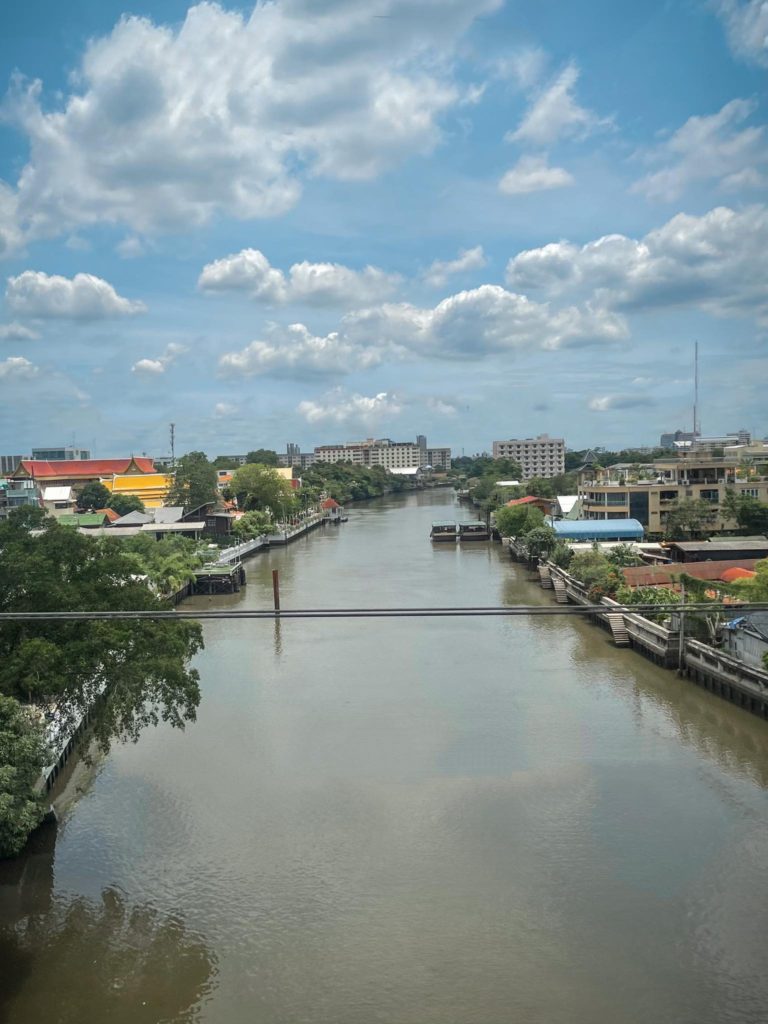
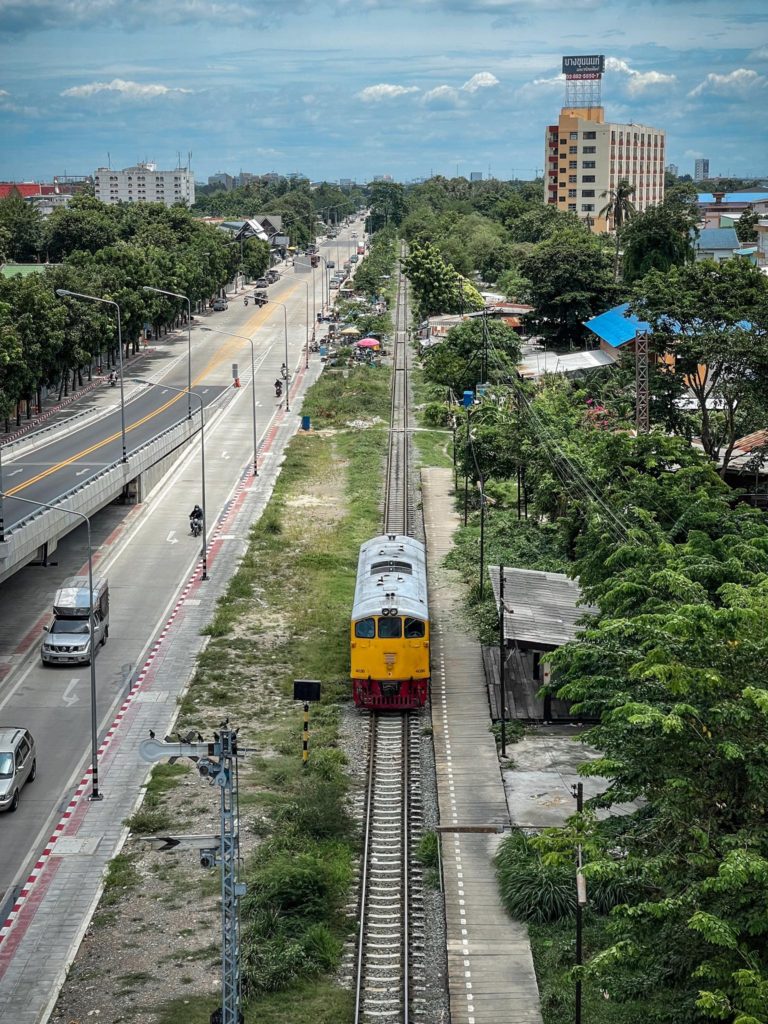
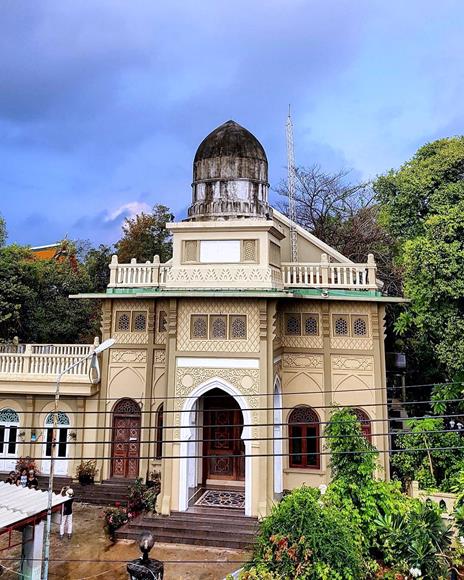
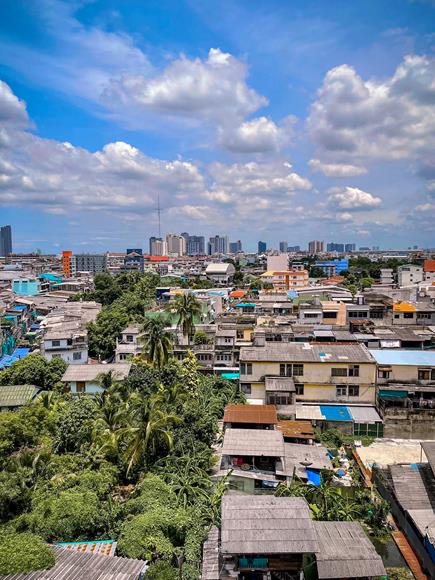
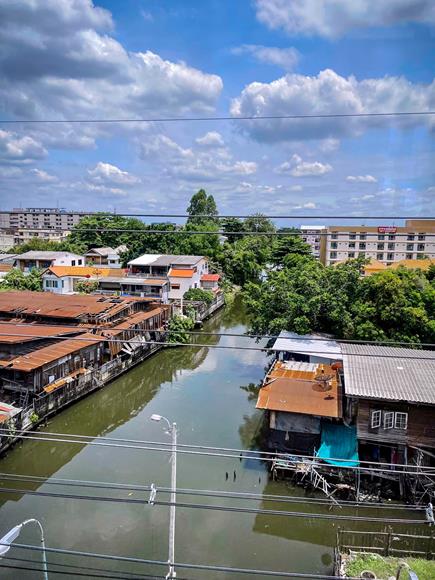
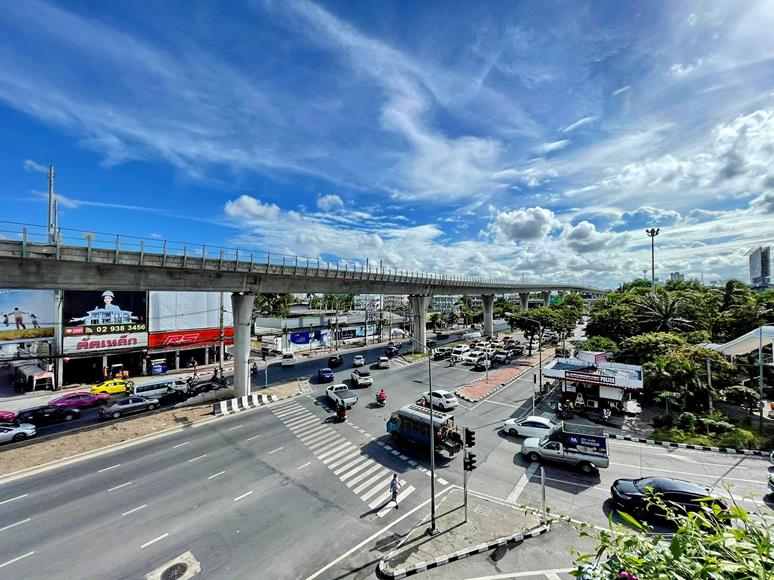
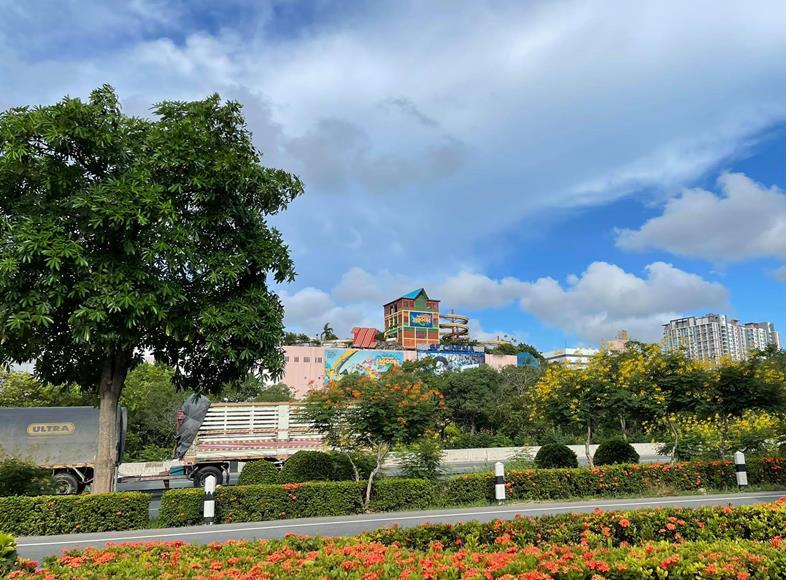
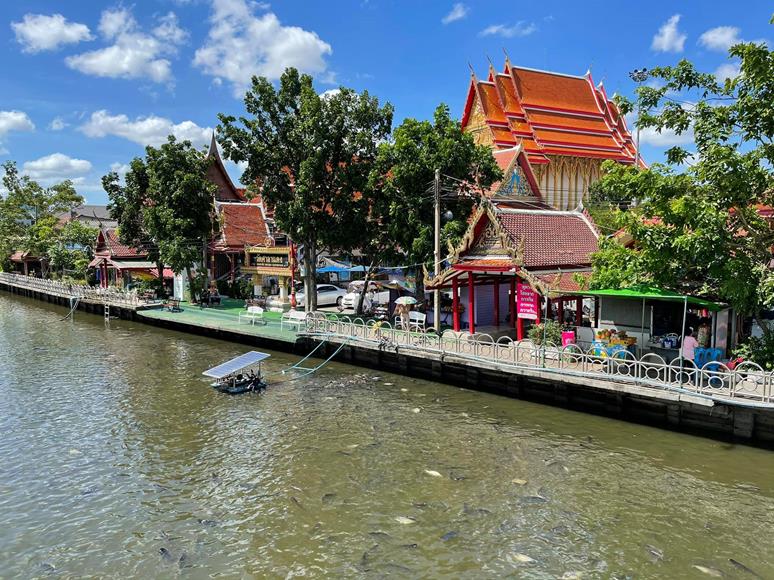
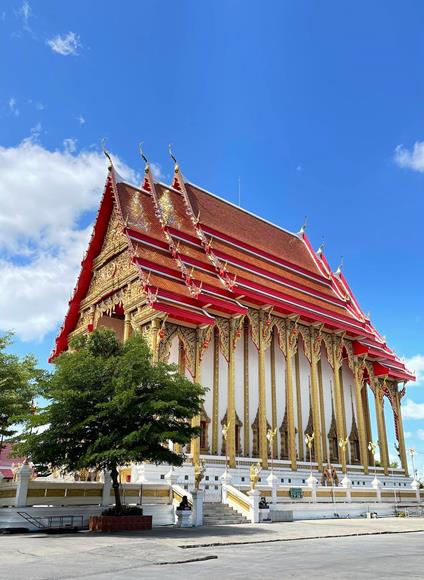
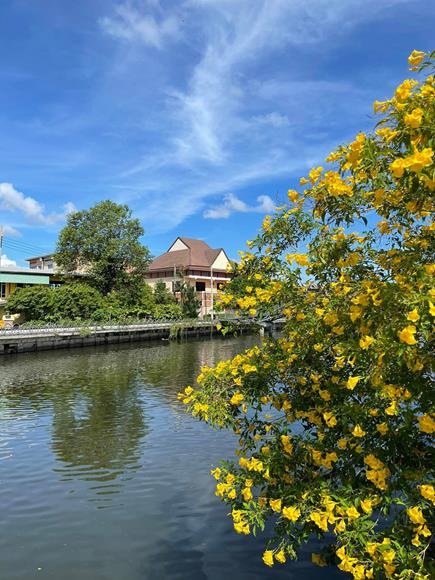
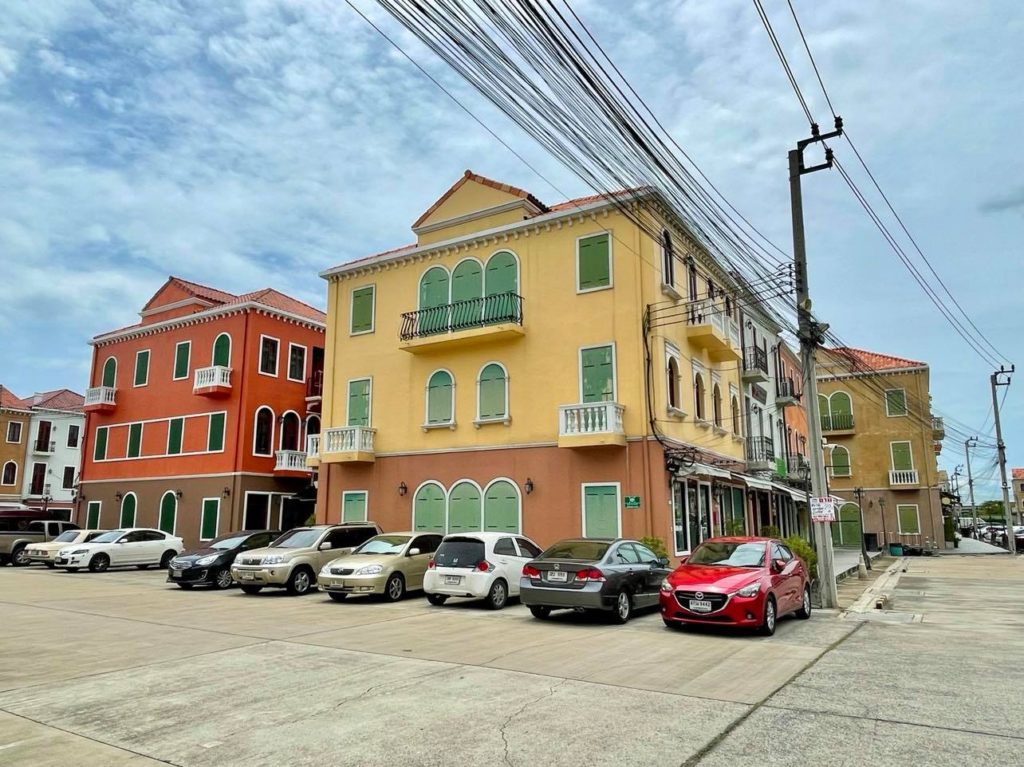

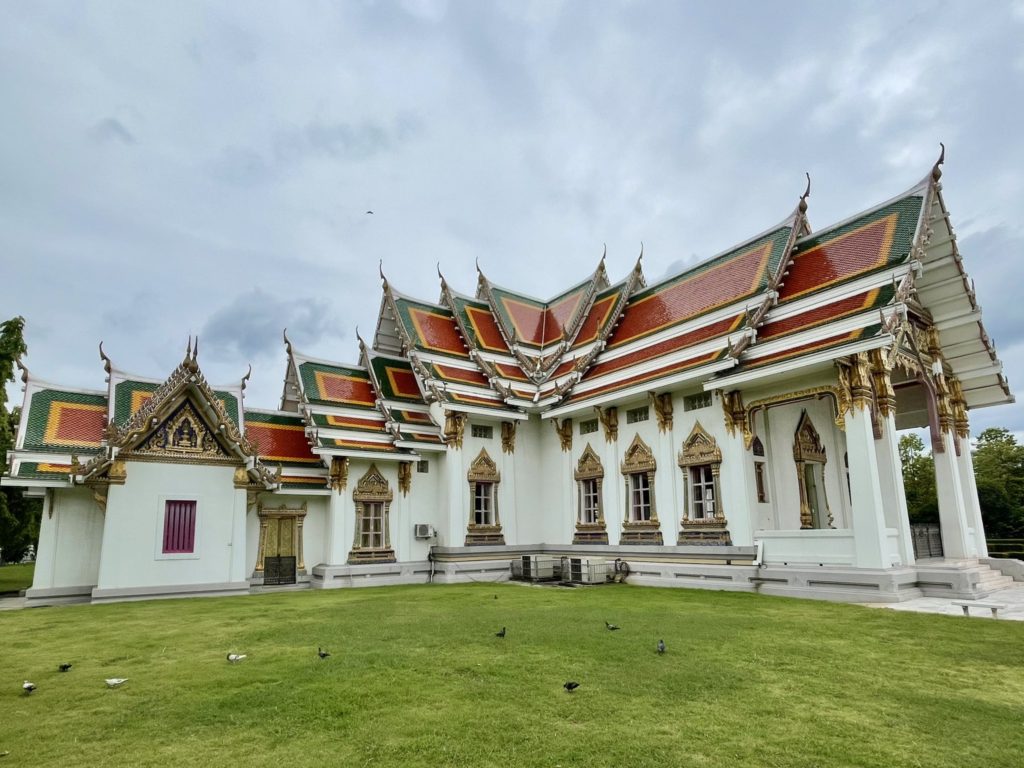
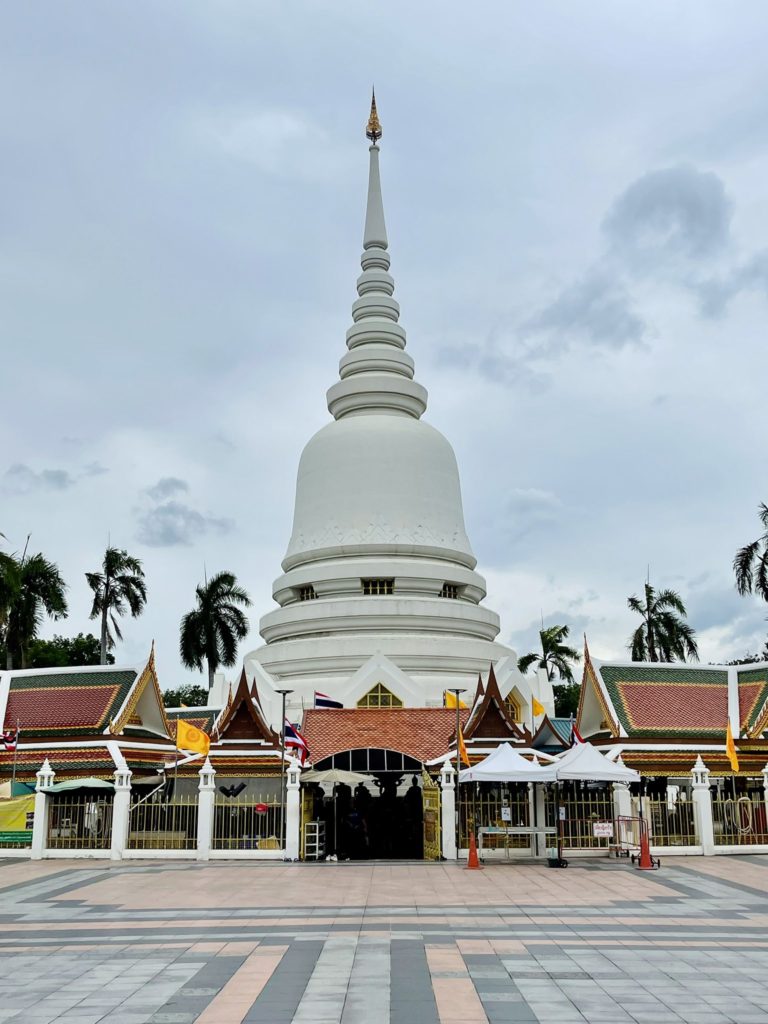
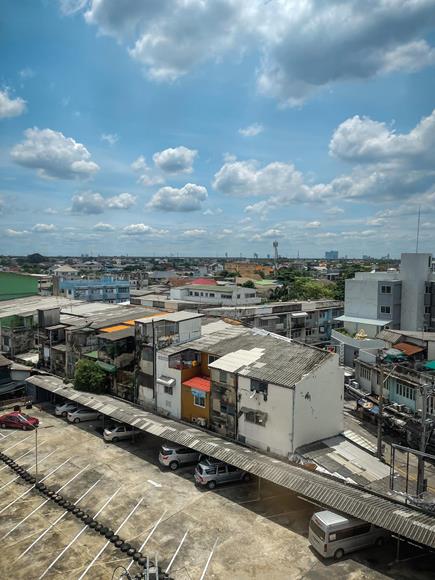
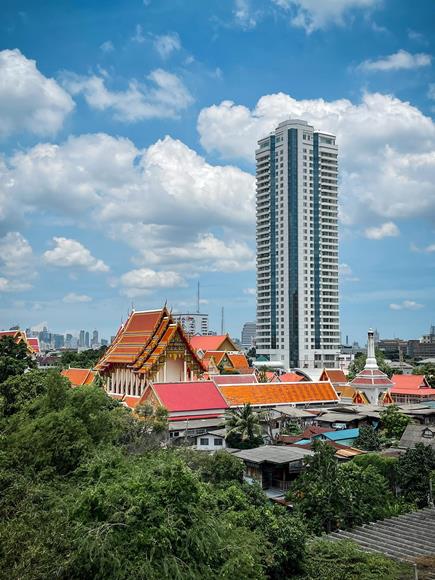
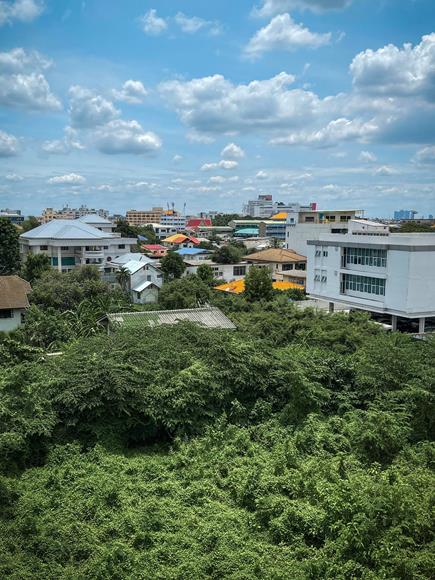
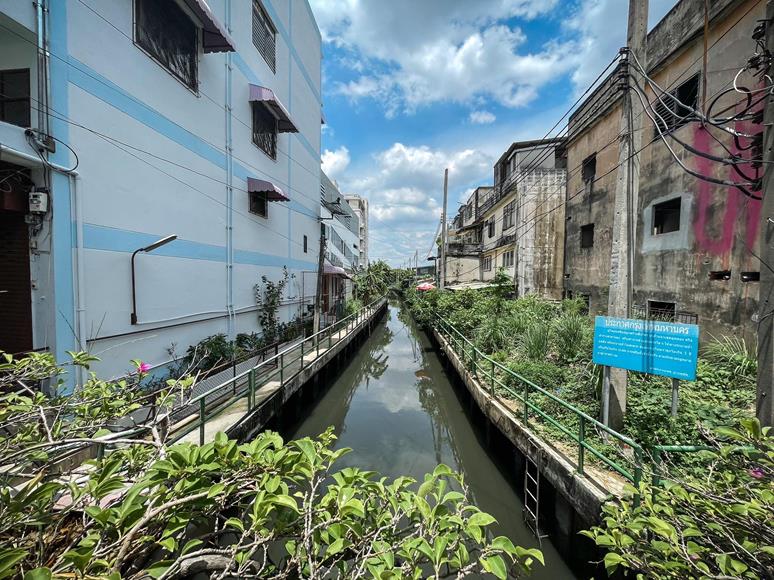
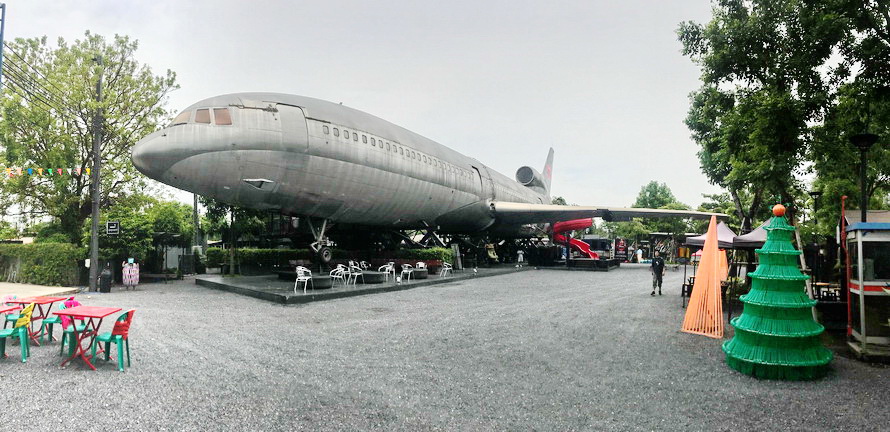
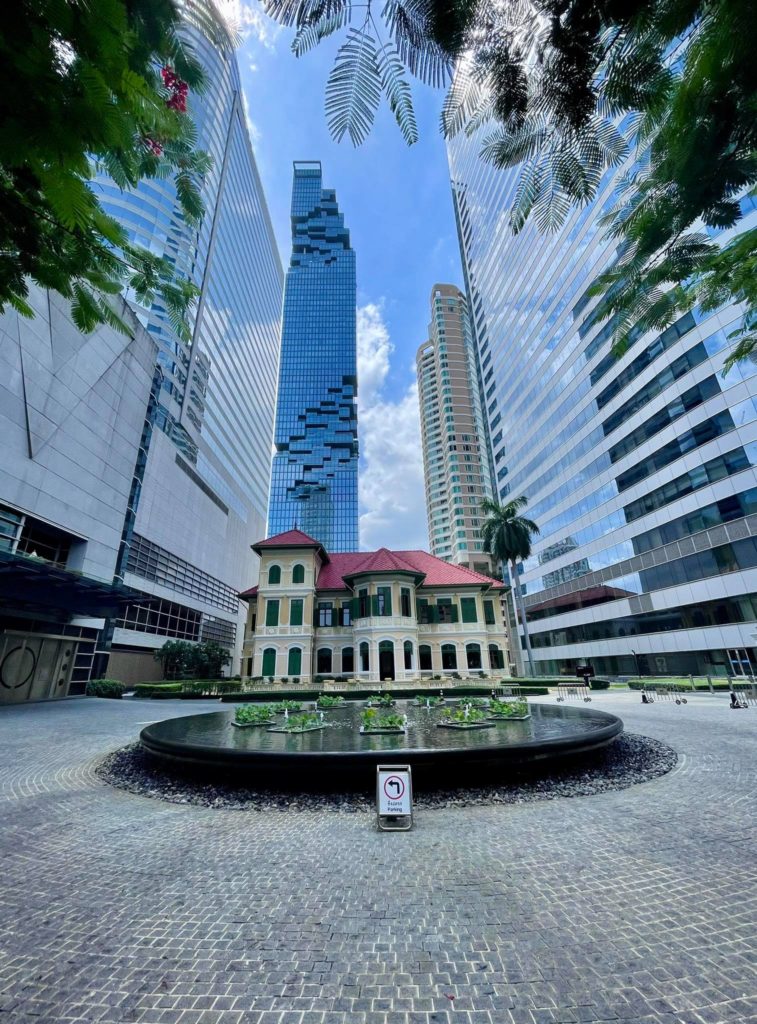

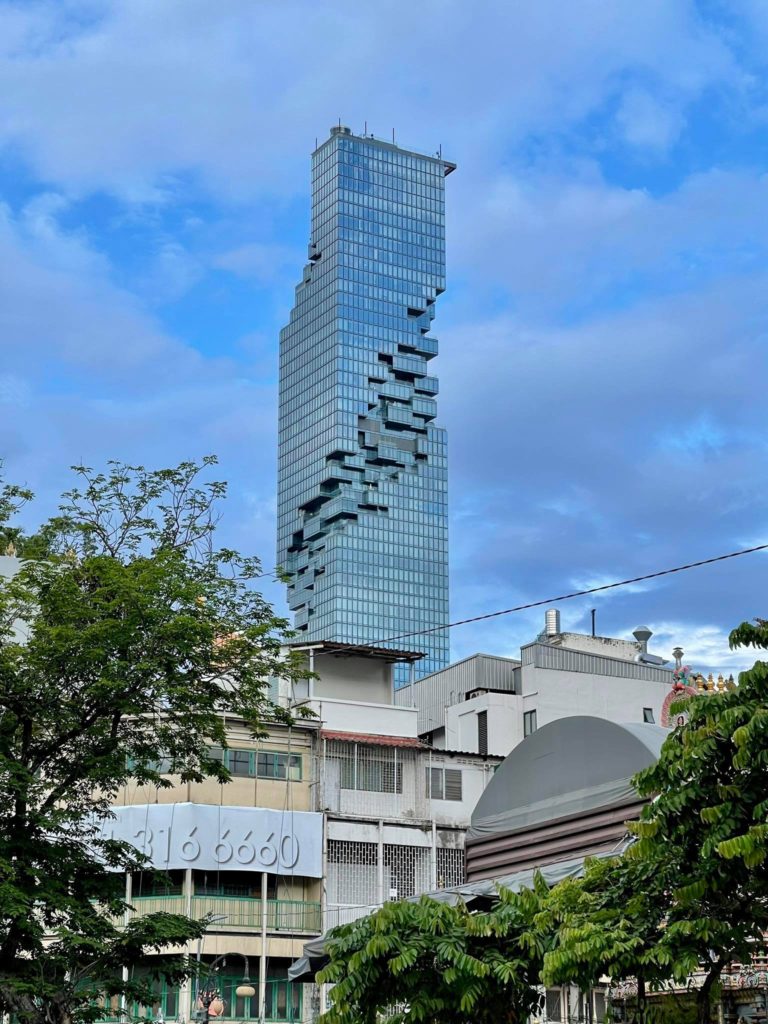

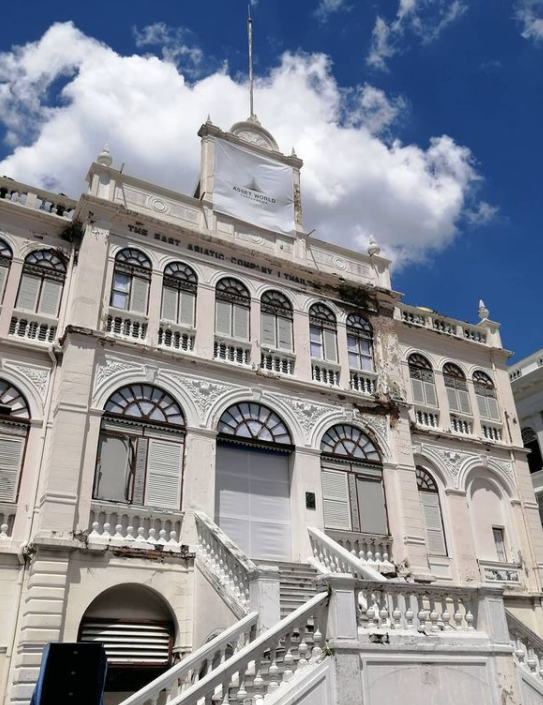


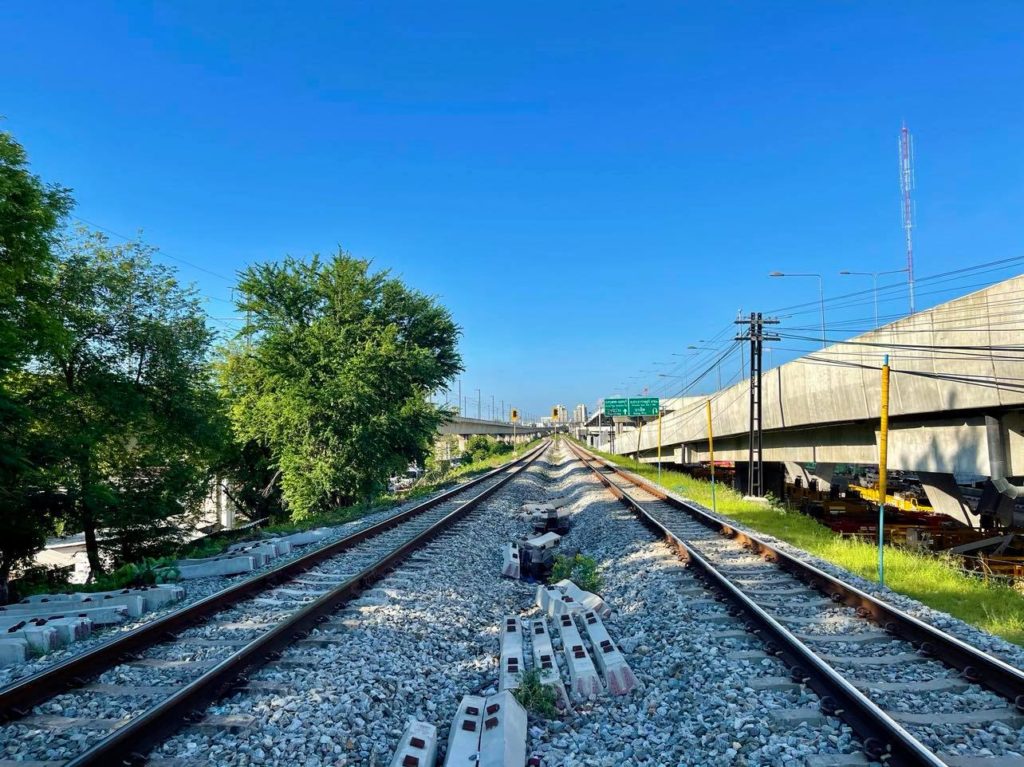

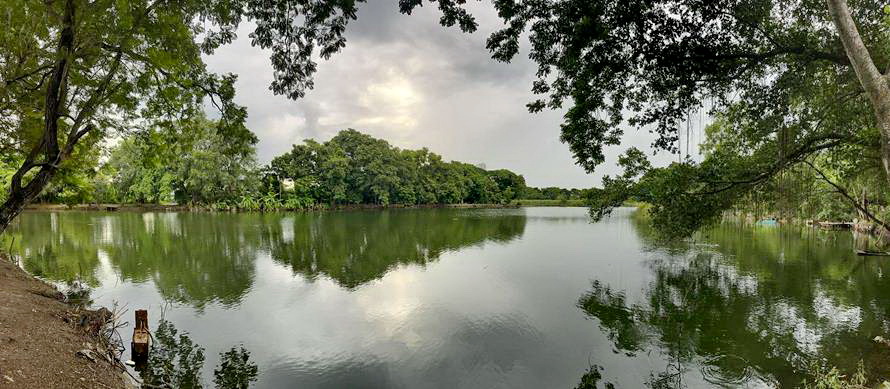
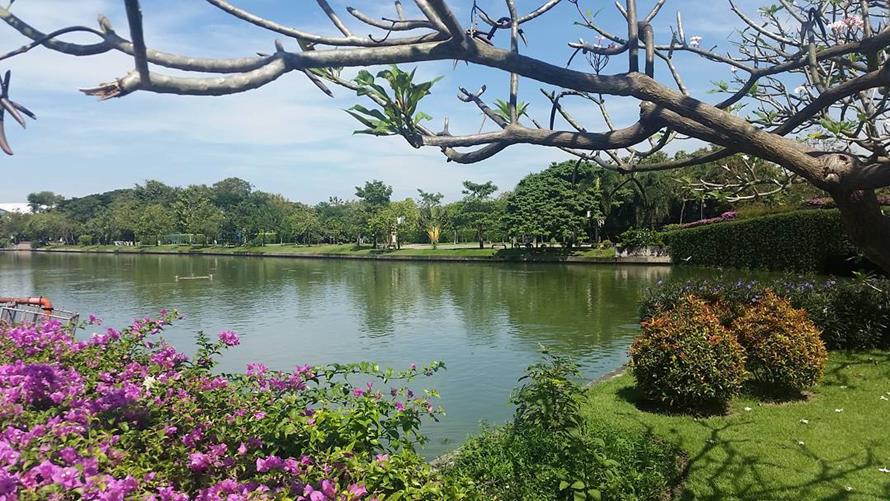
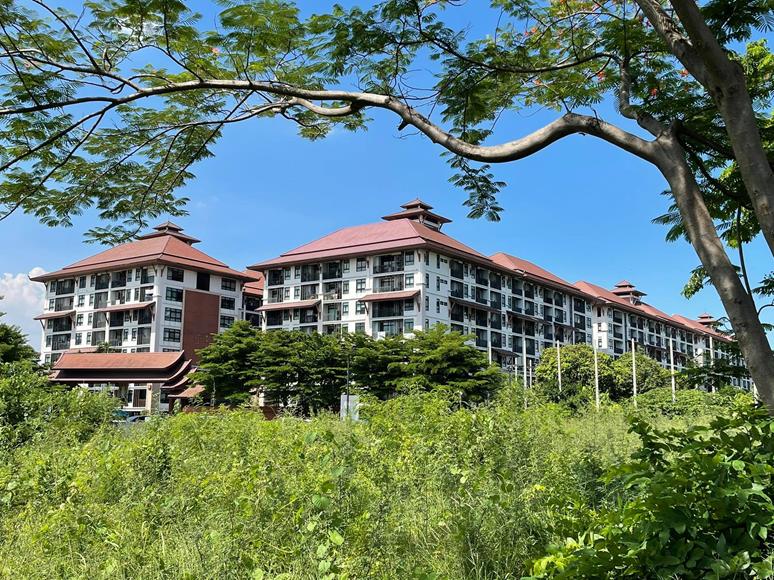
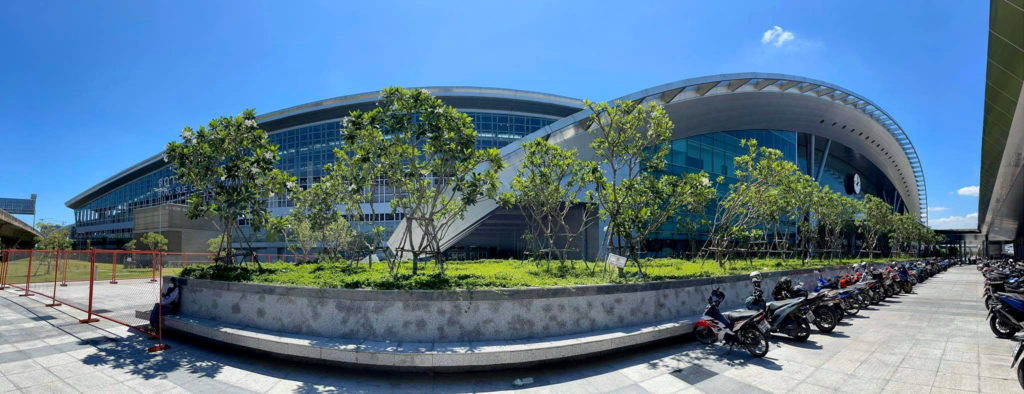
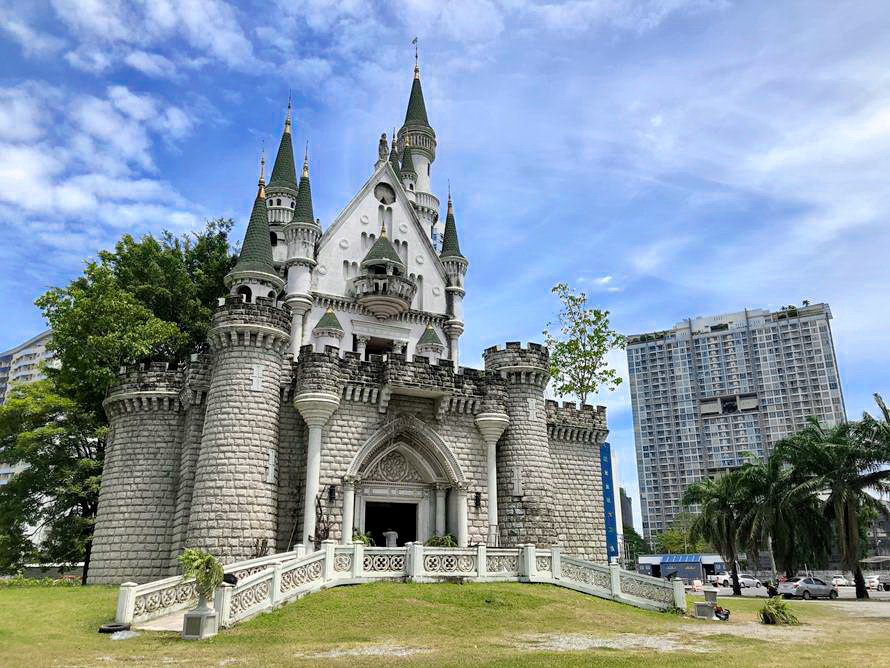
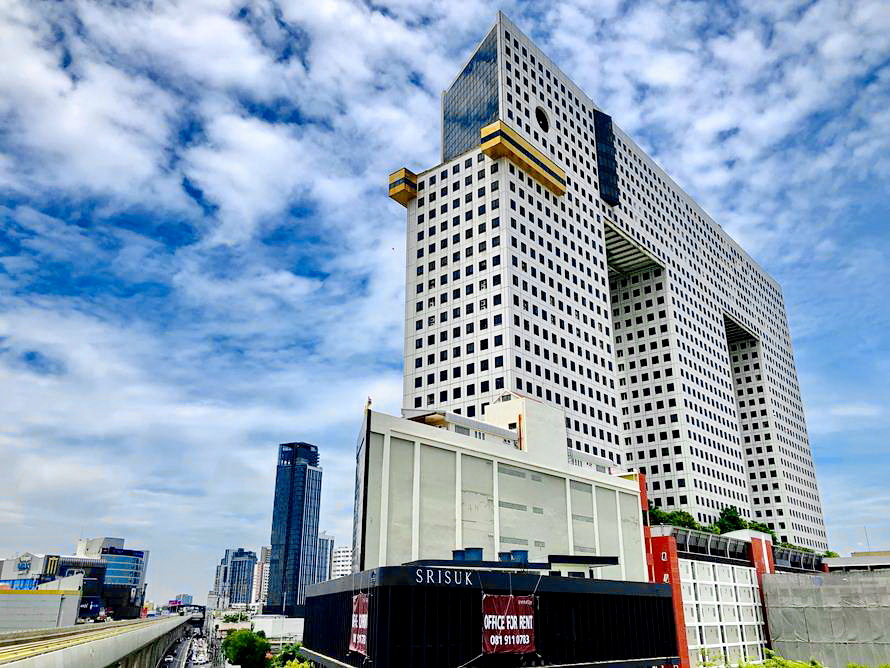
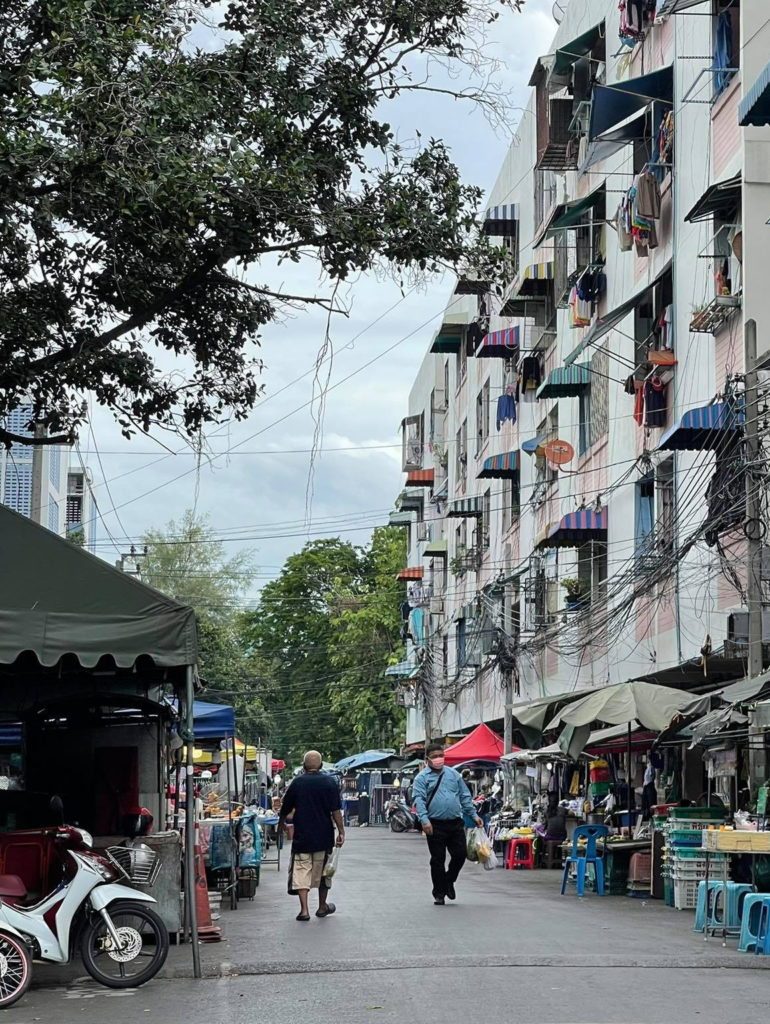
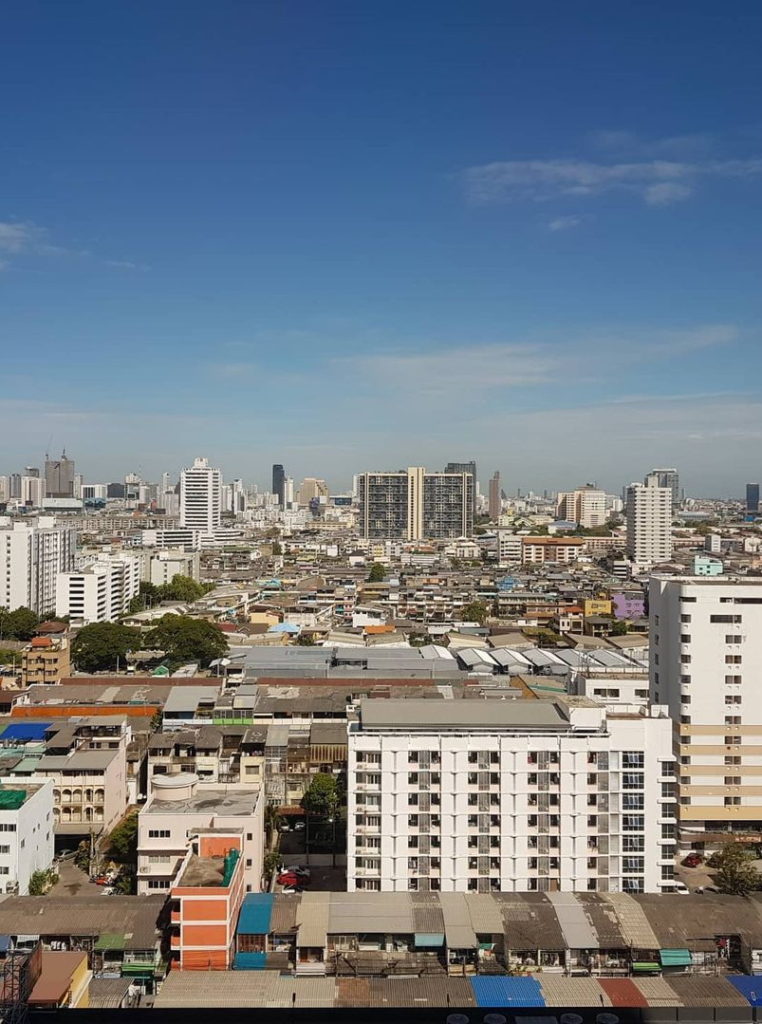
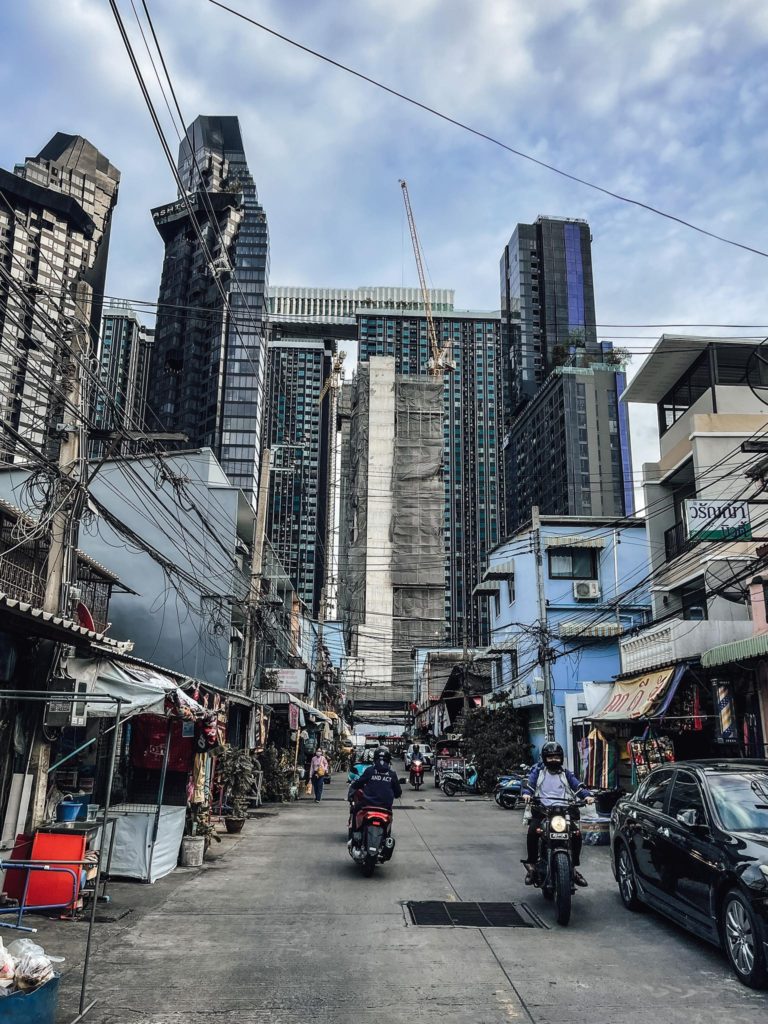
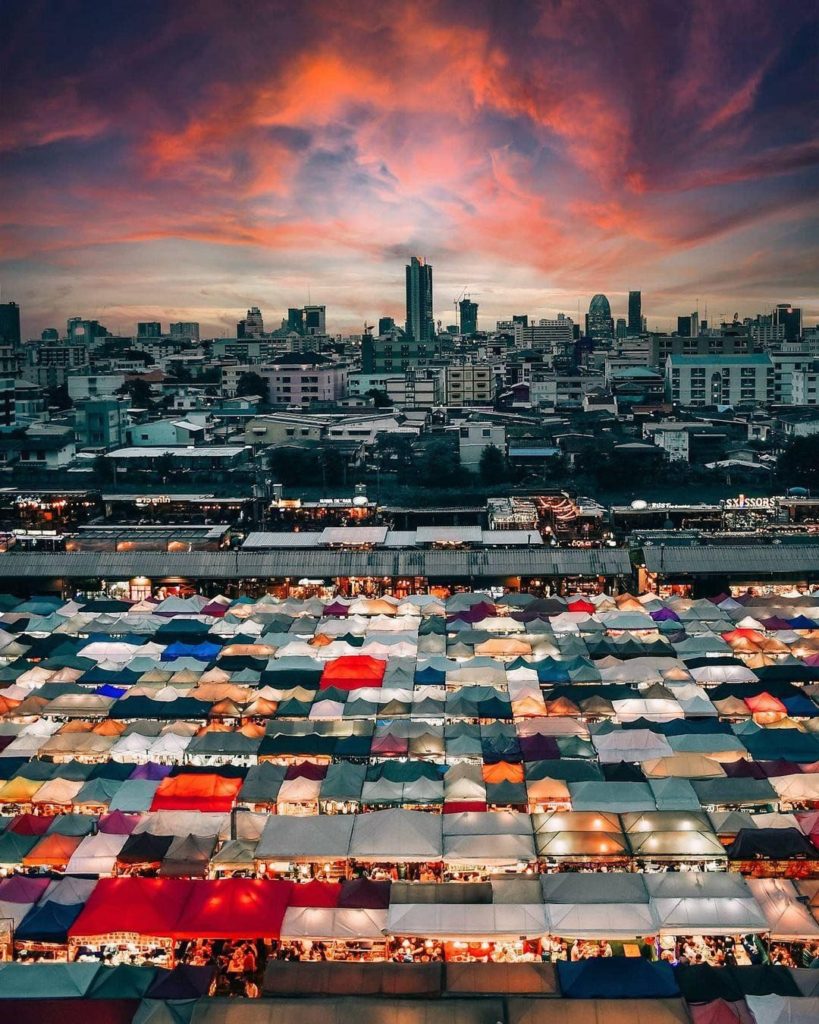
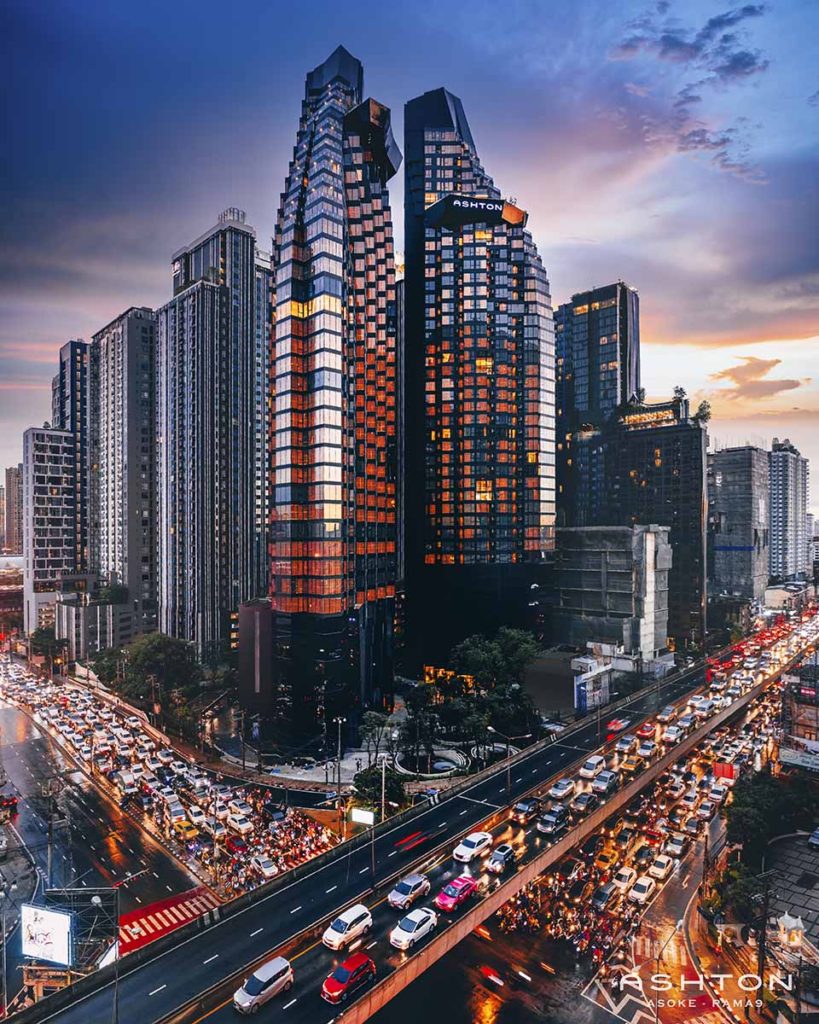
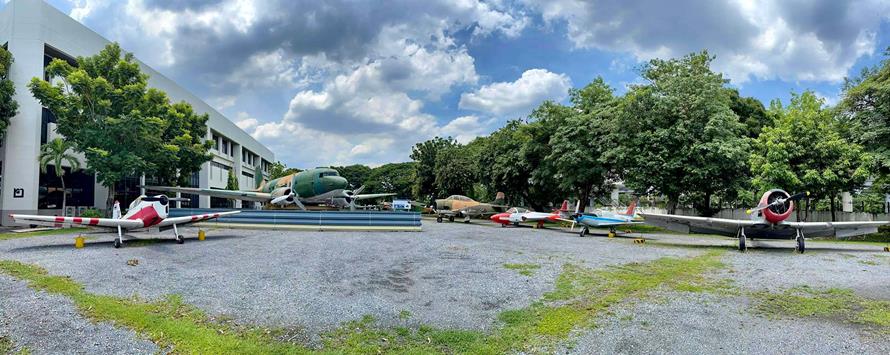


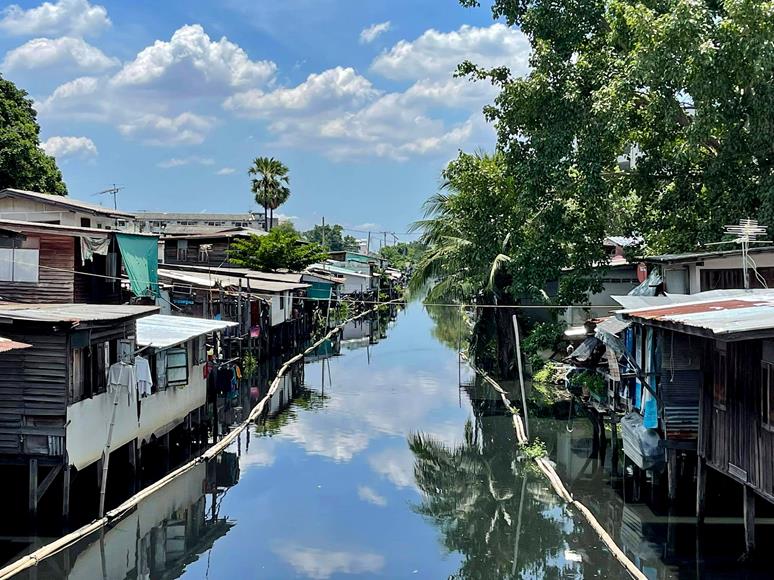
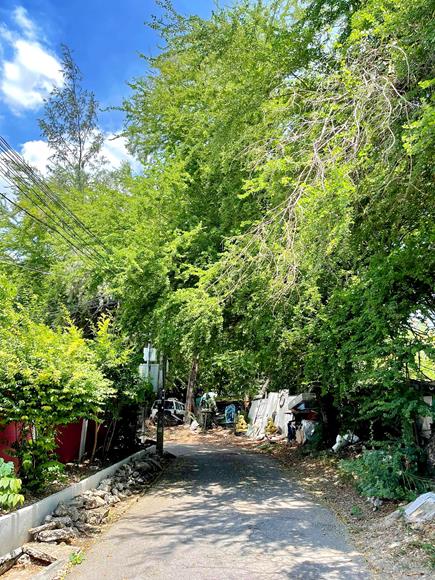
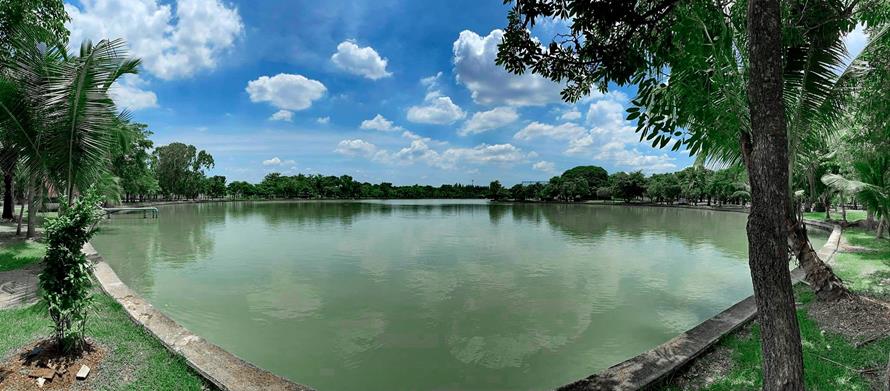



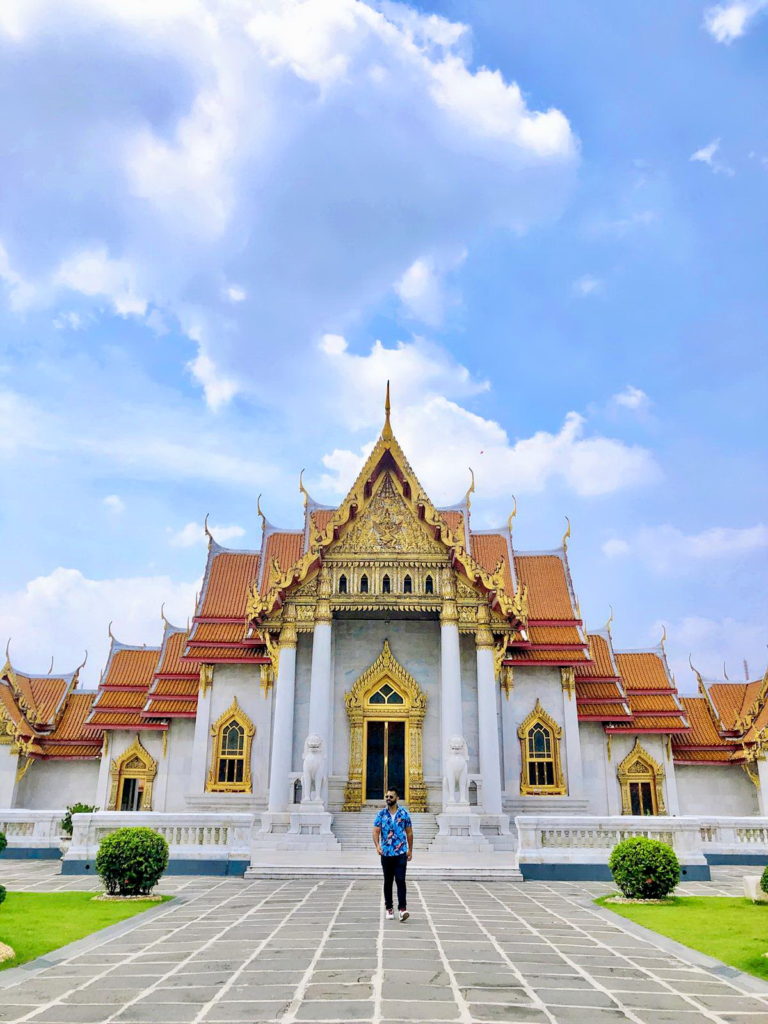

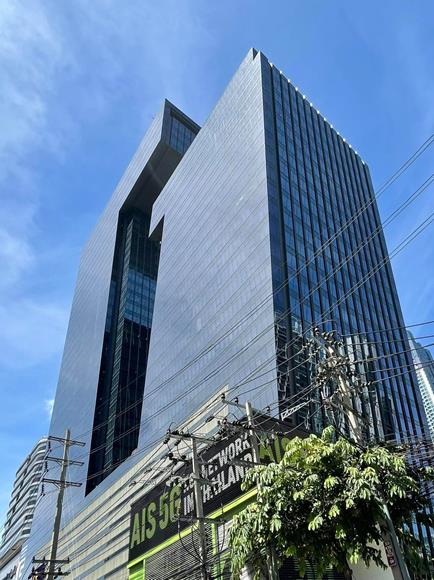
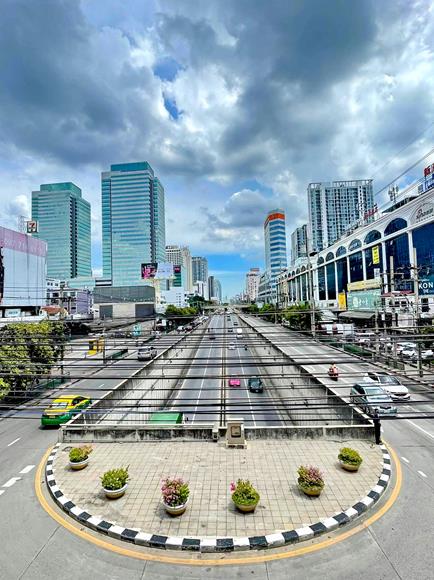
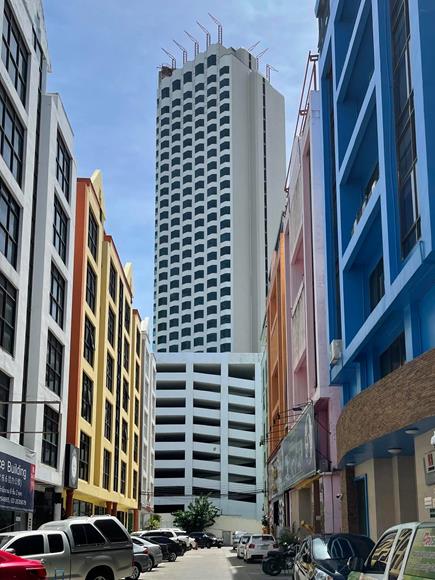
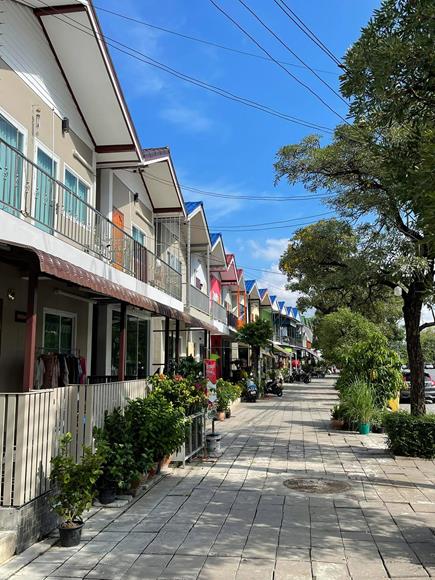
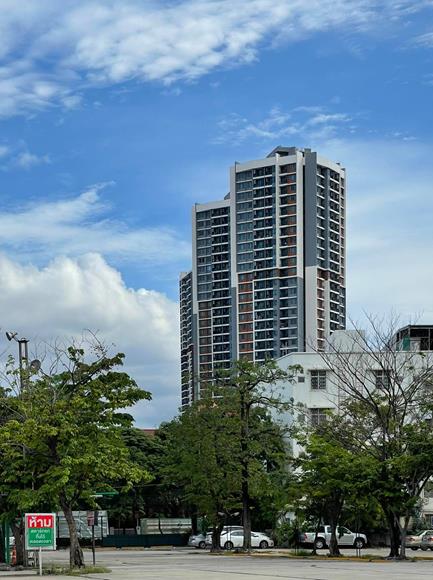
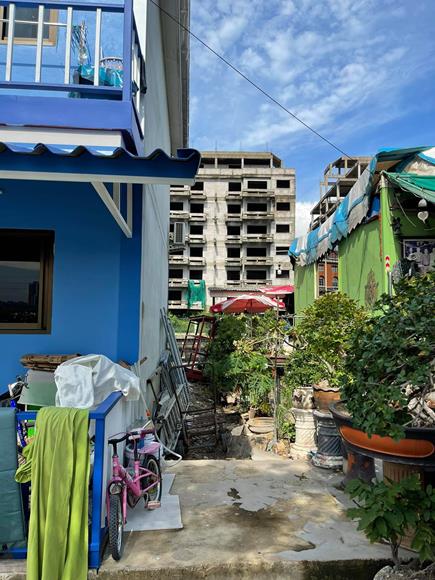
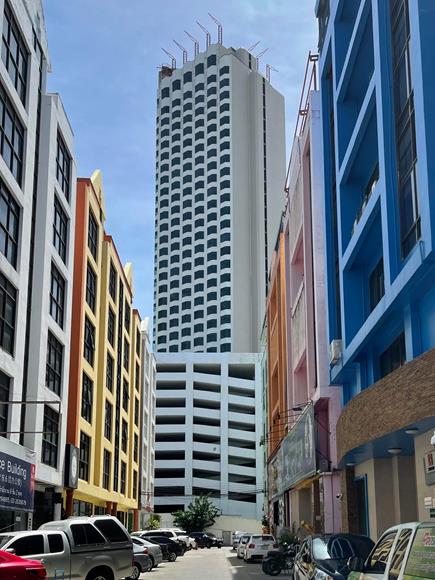
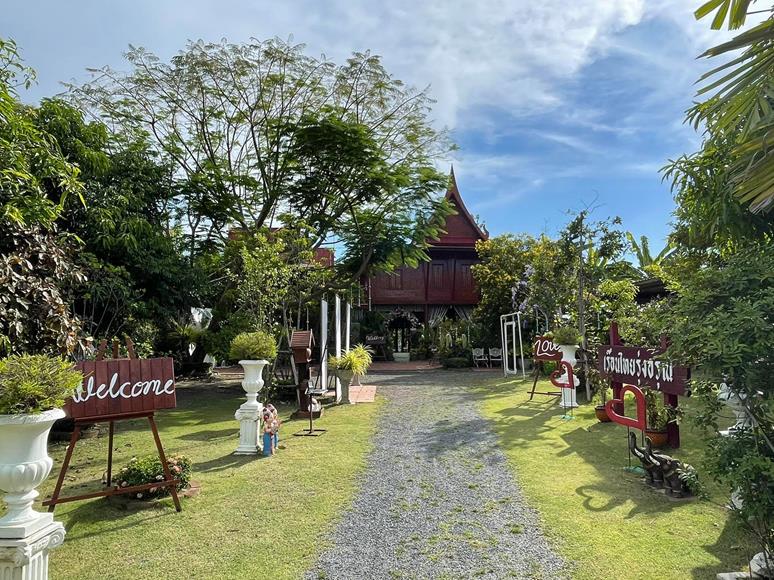
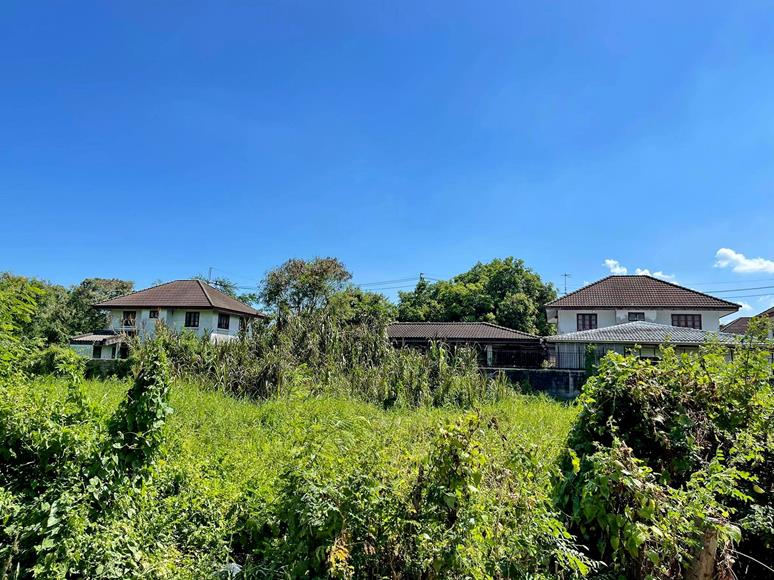
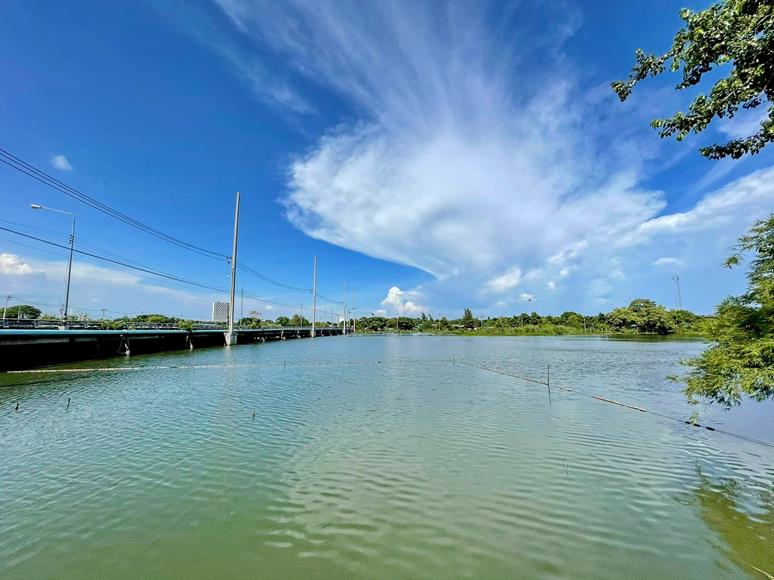

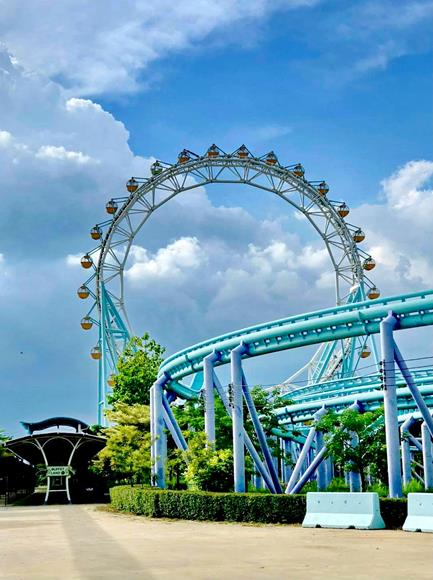

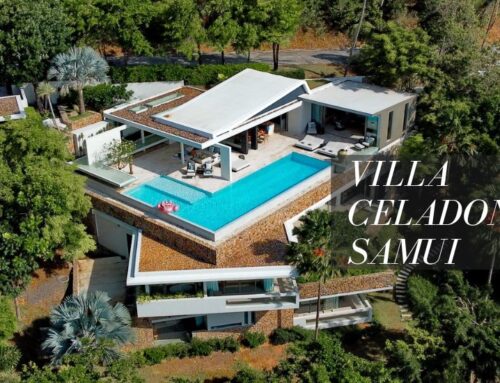
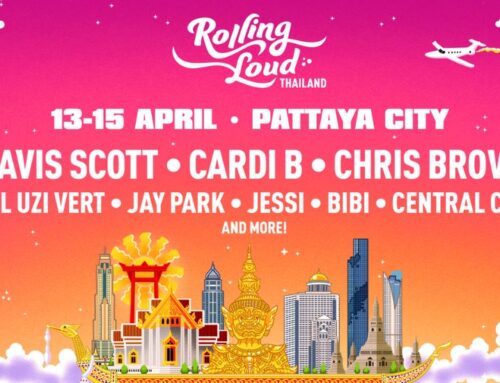
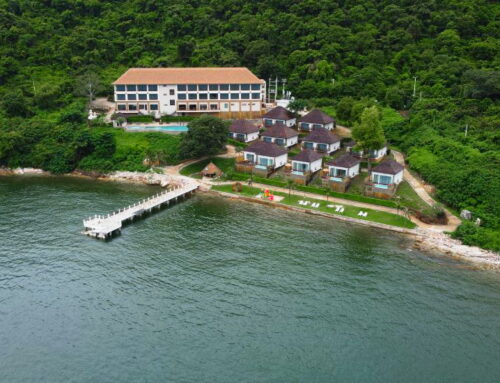
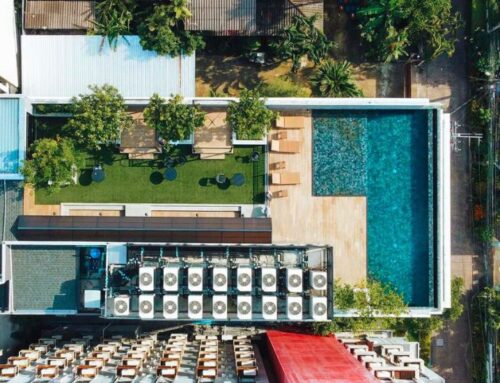

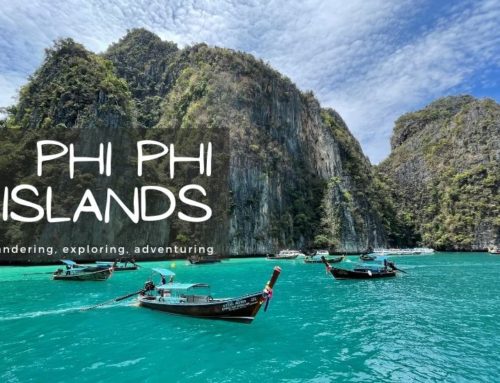
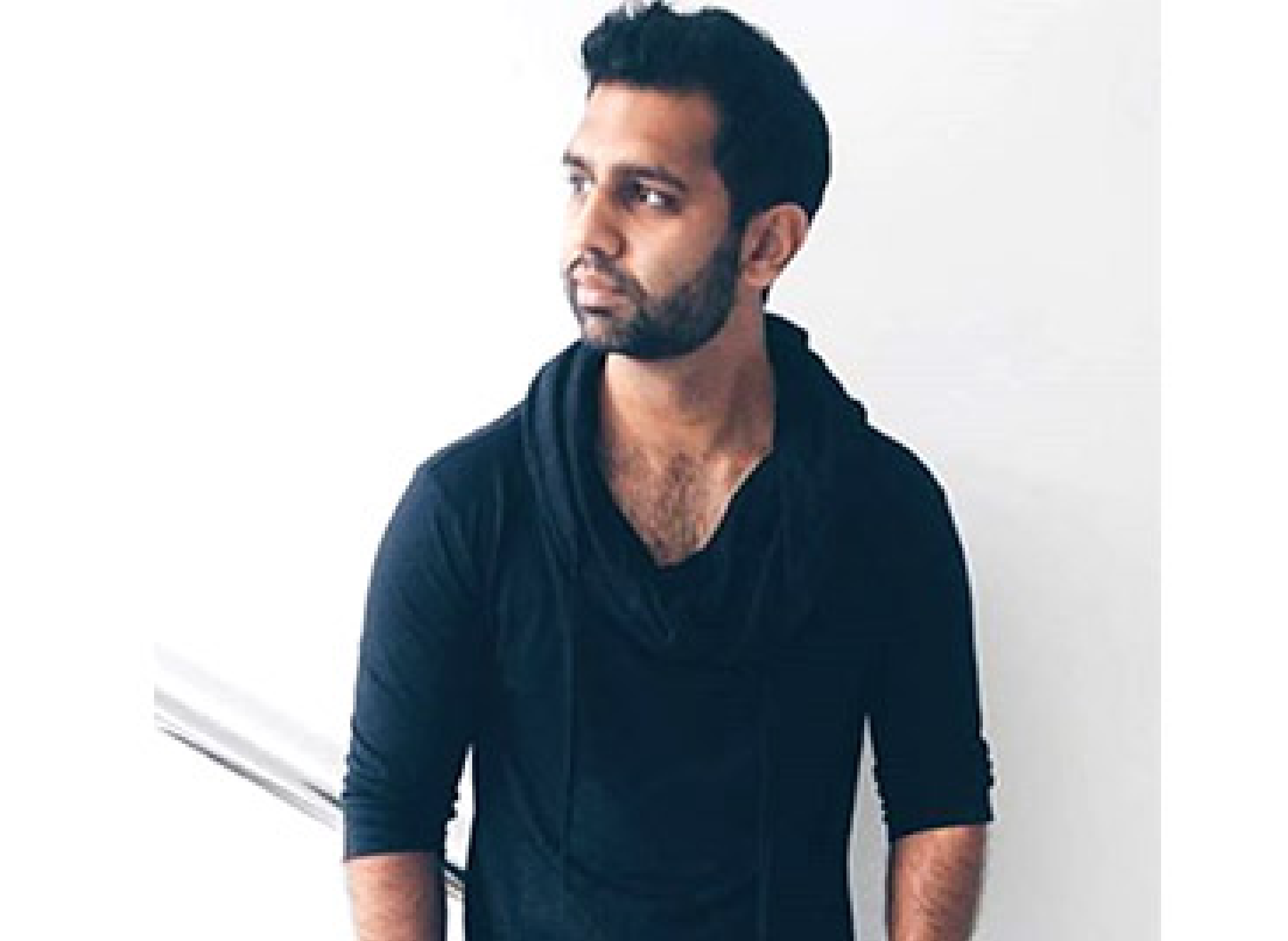
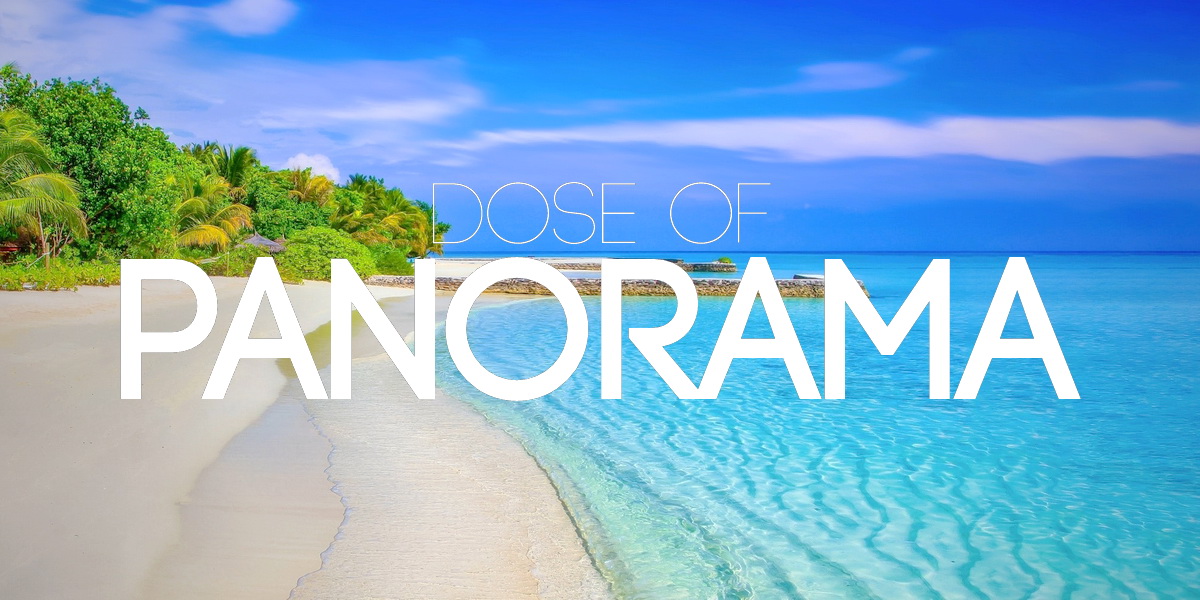
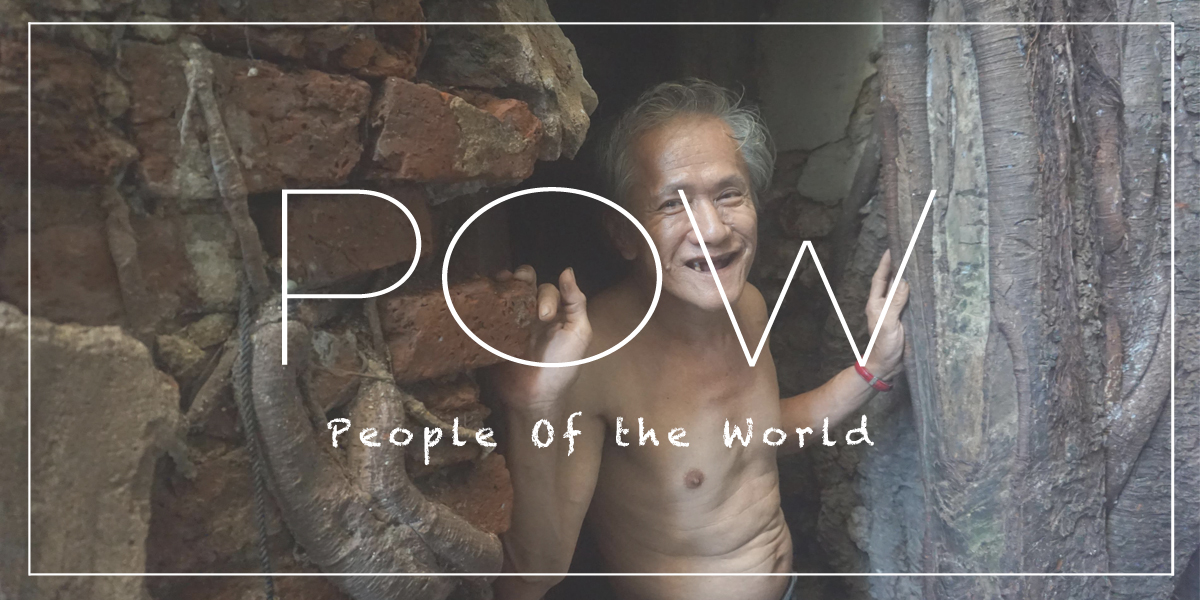
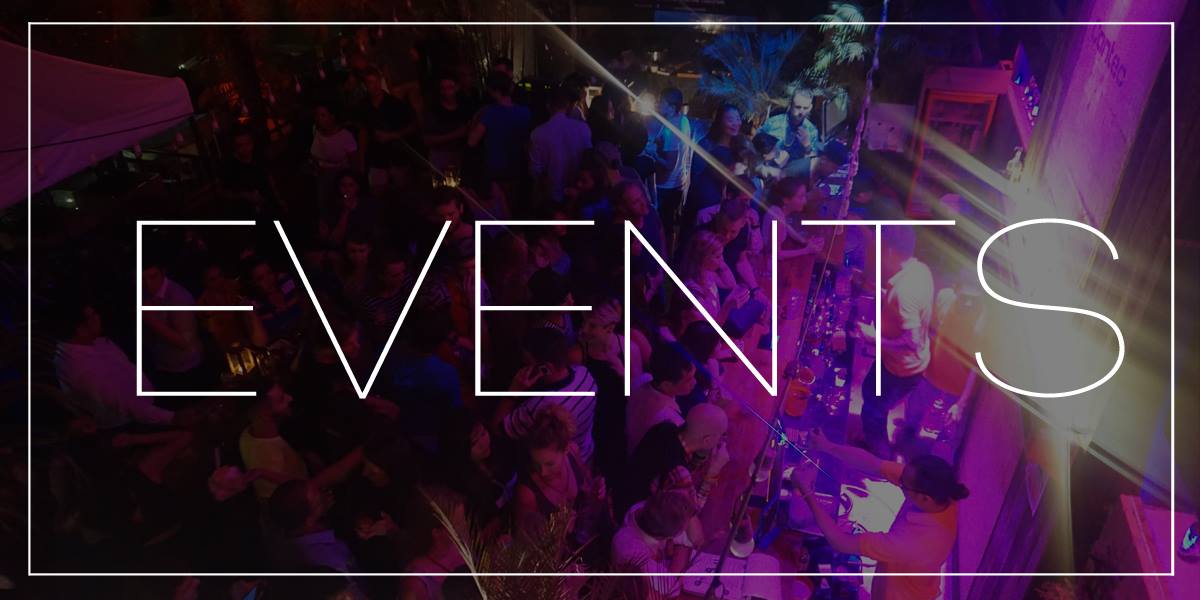




Leave A Comment